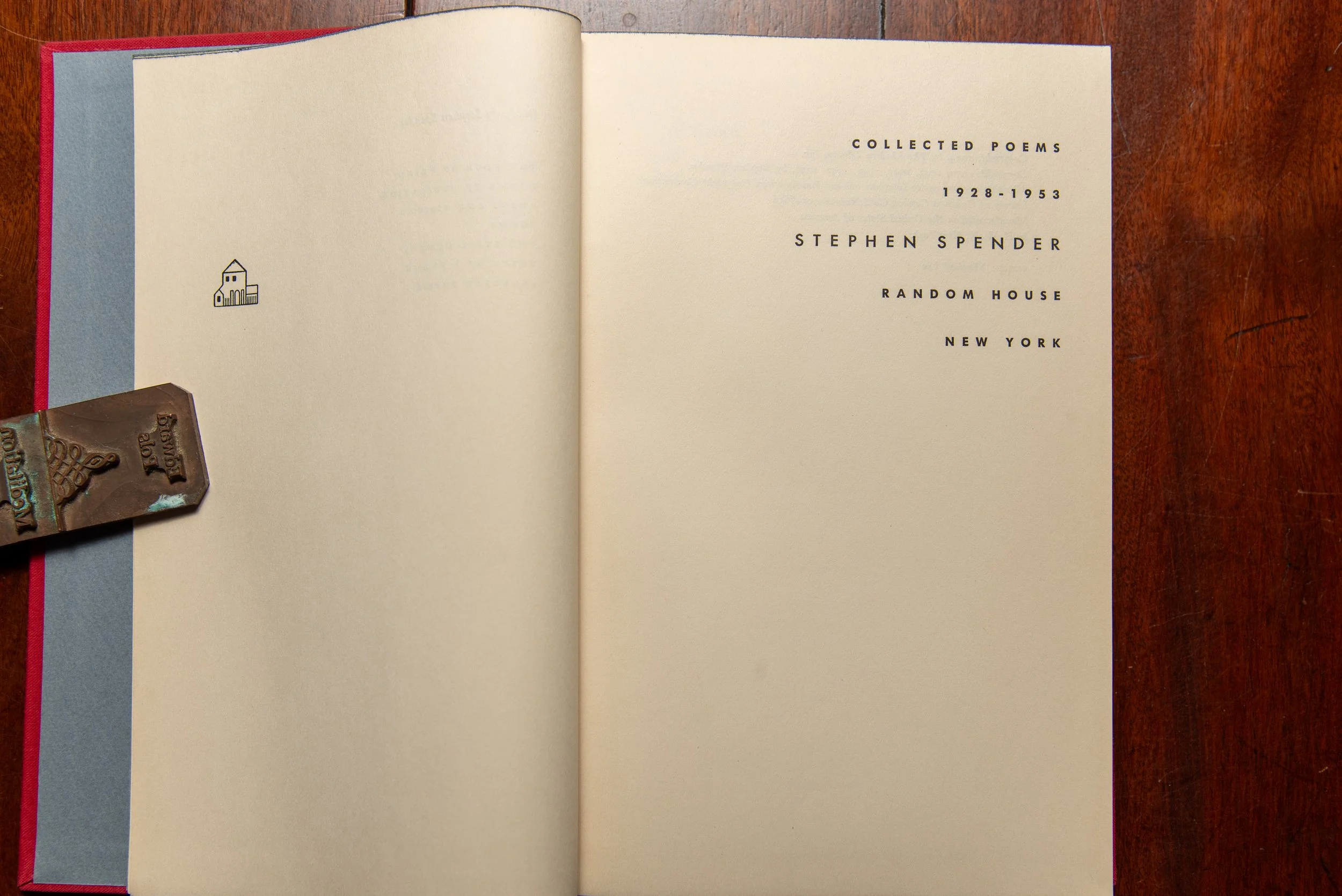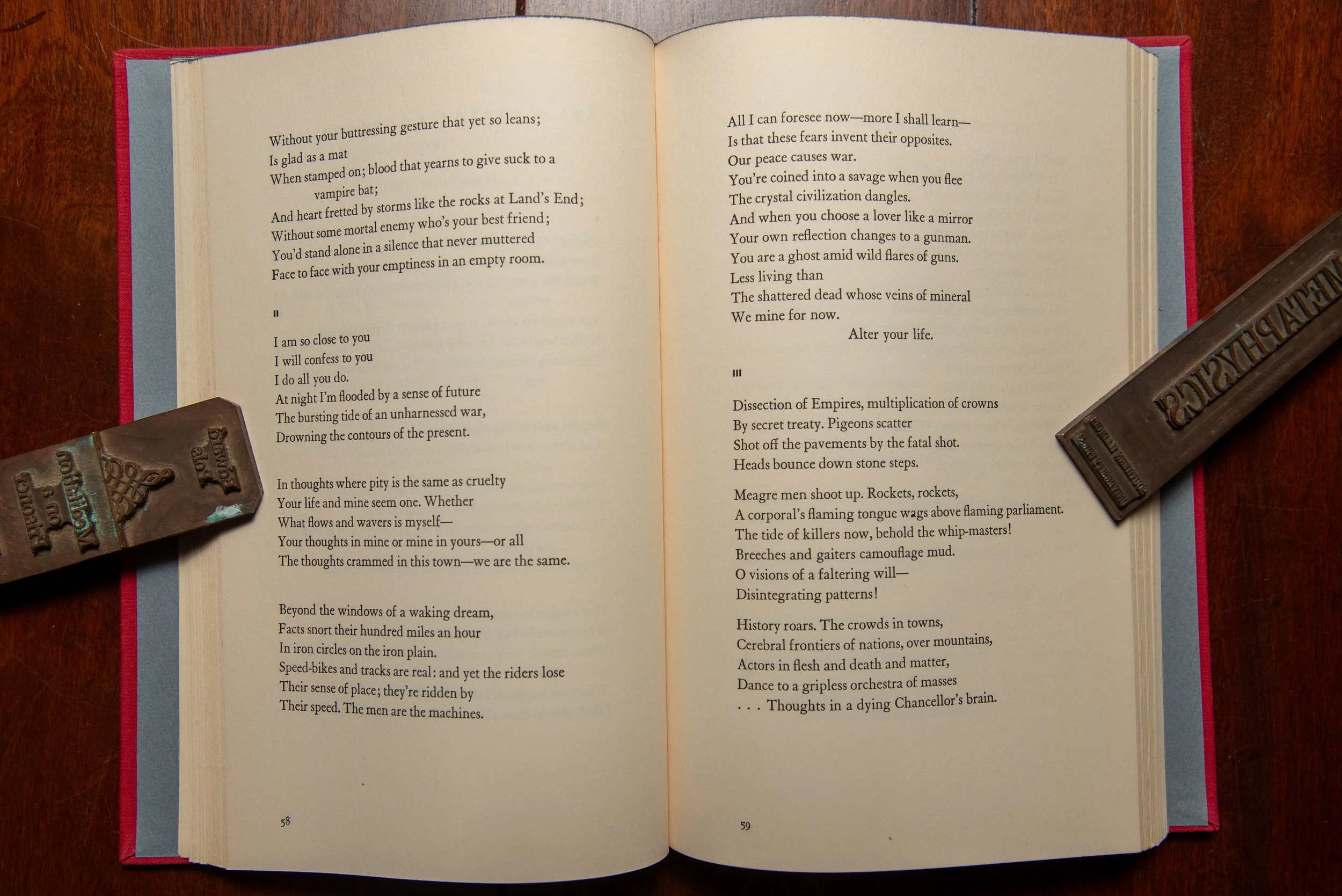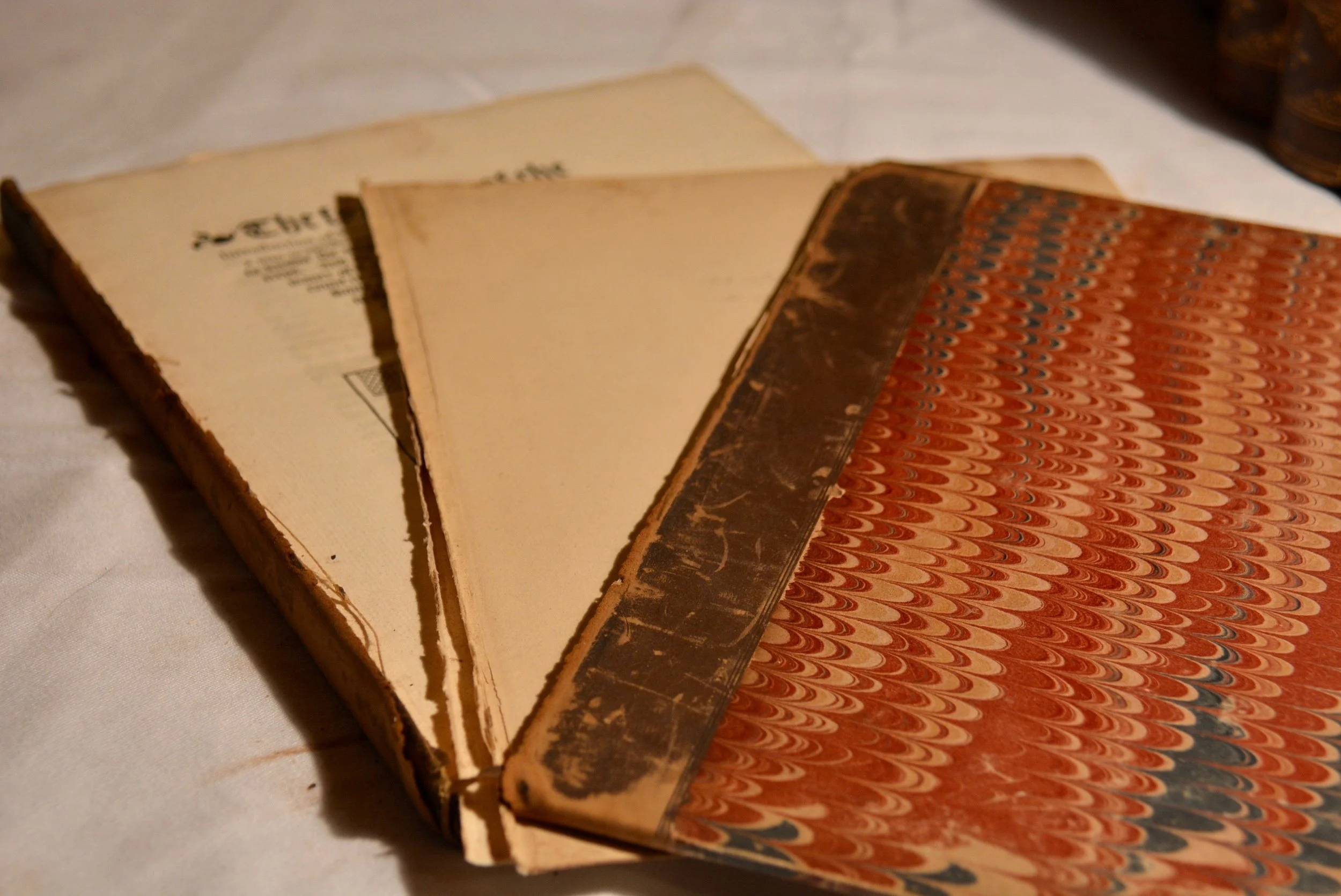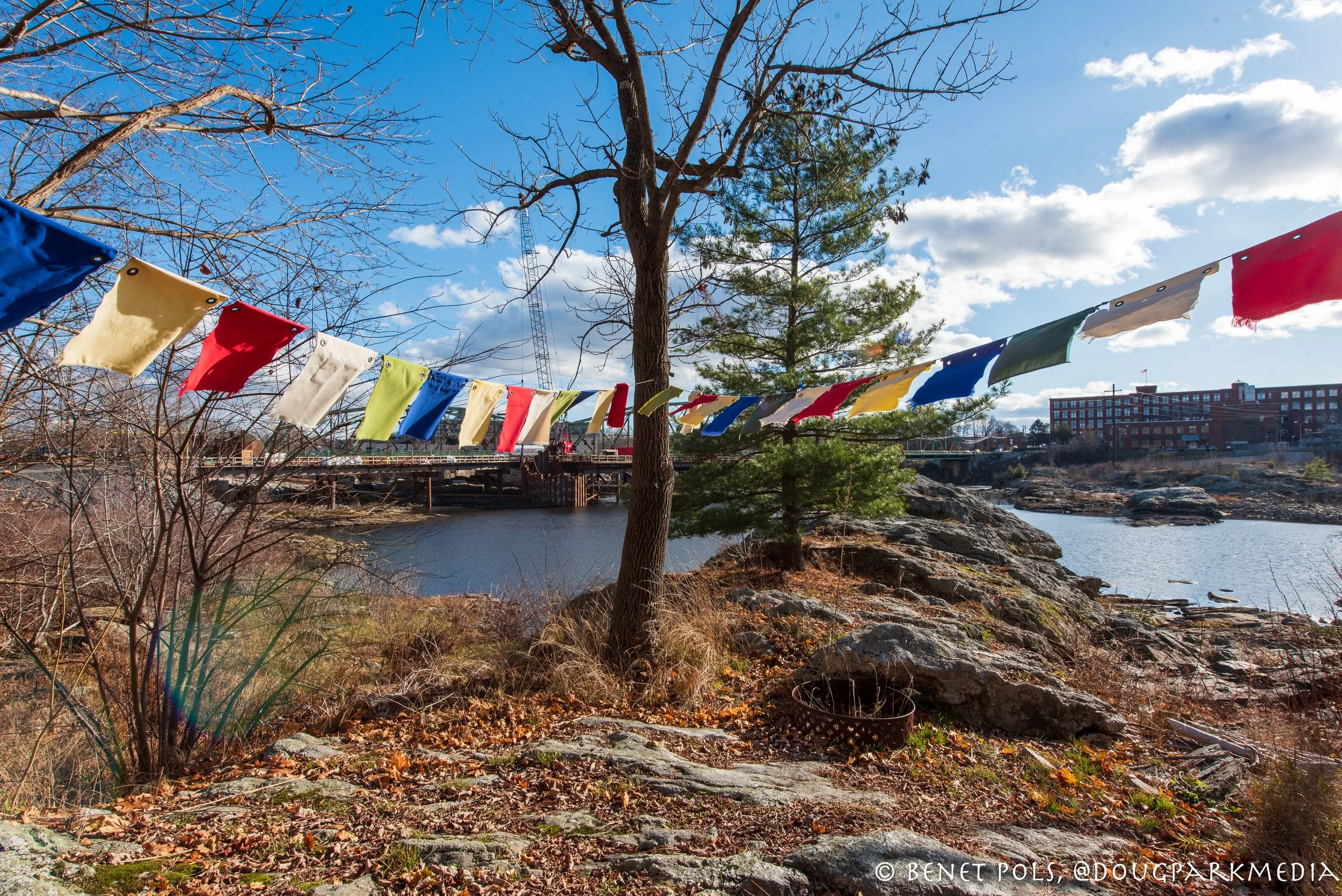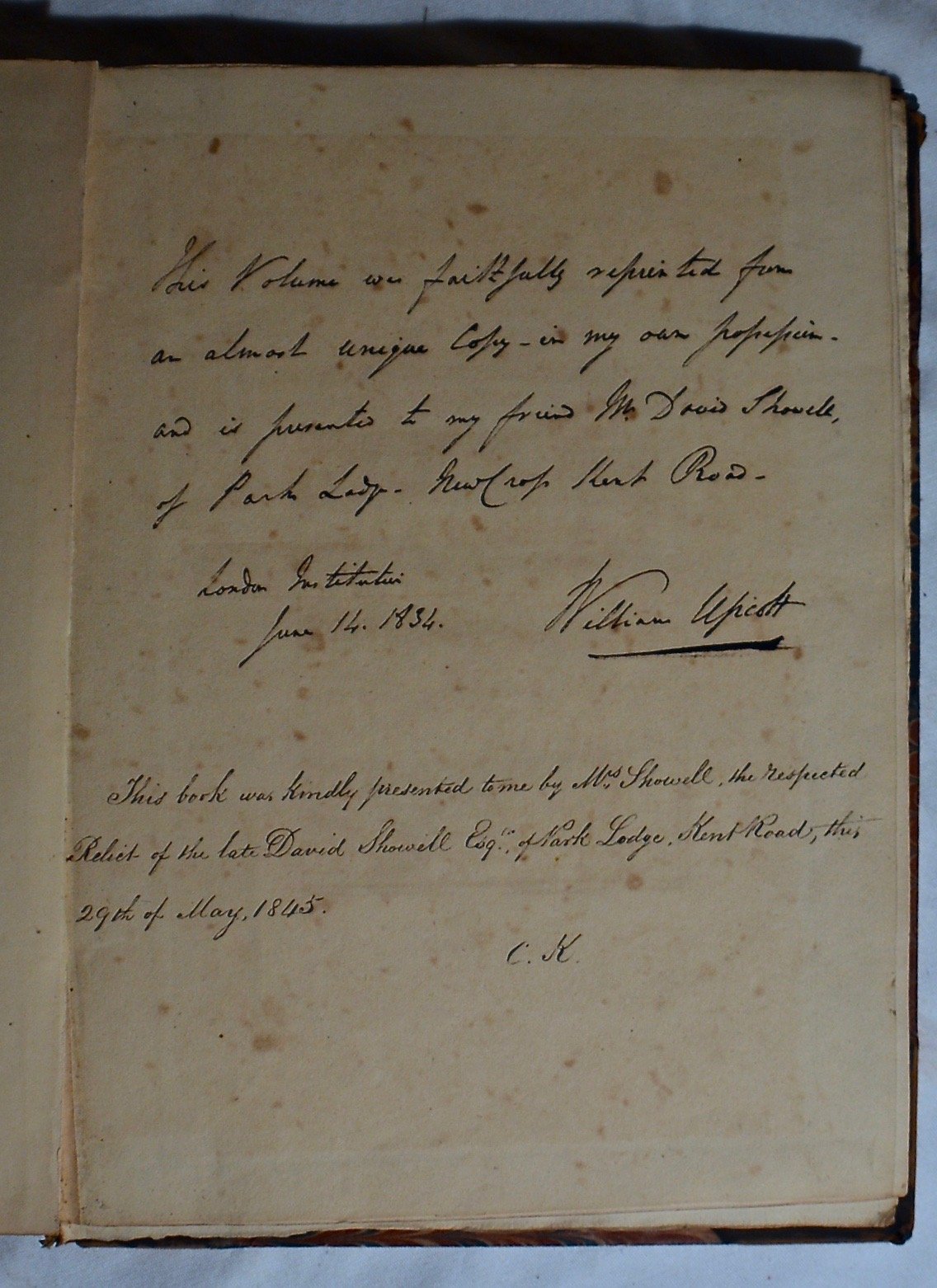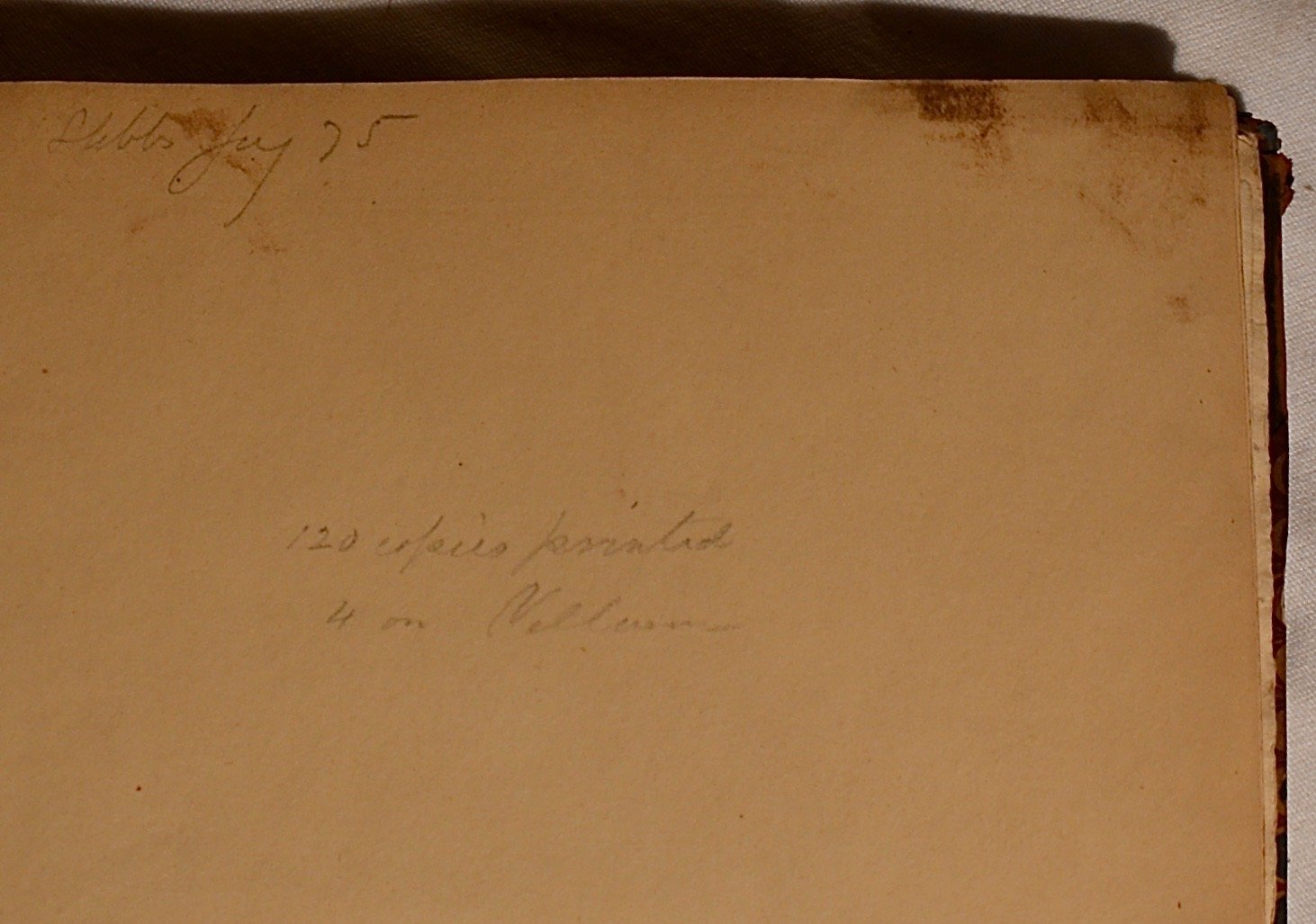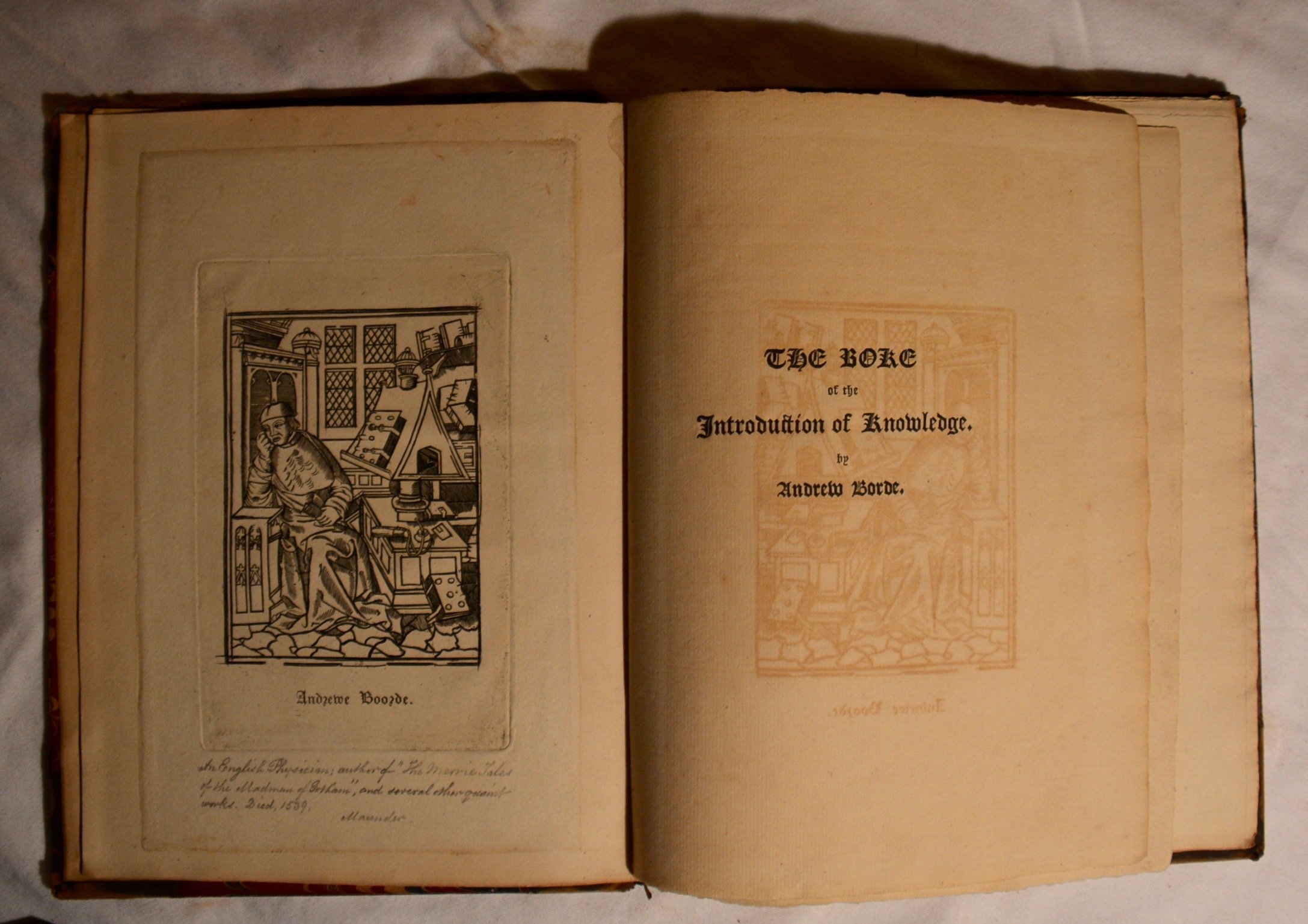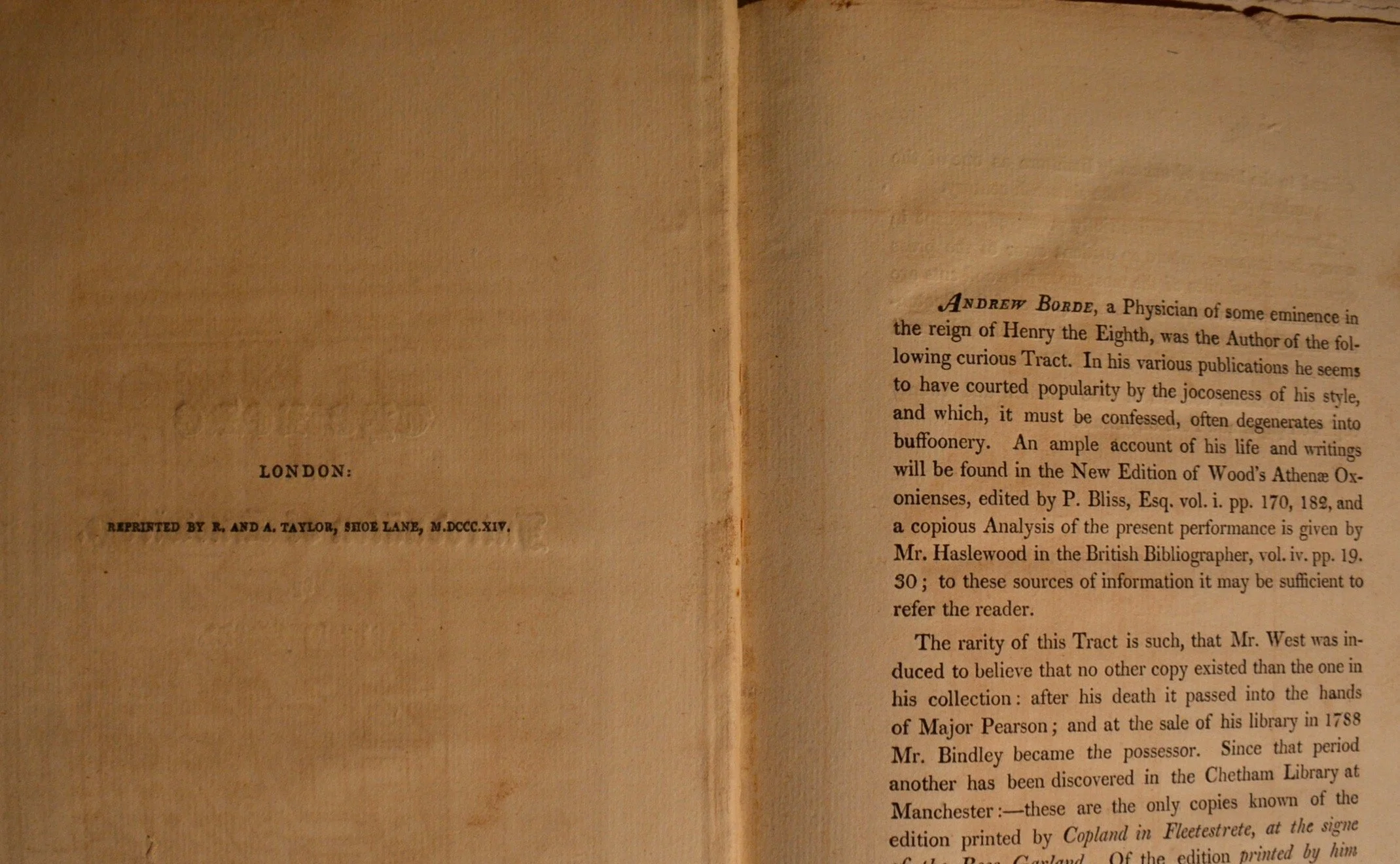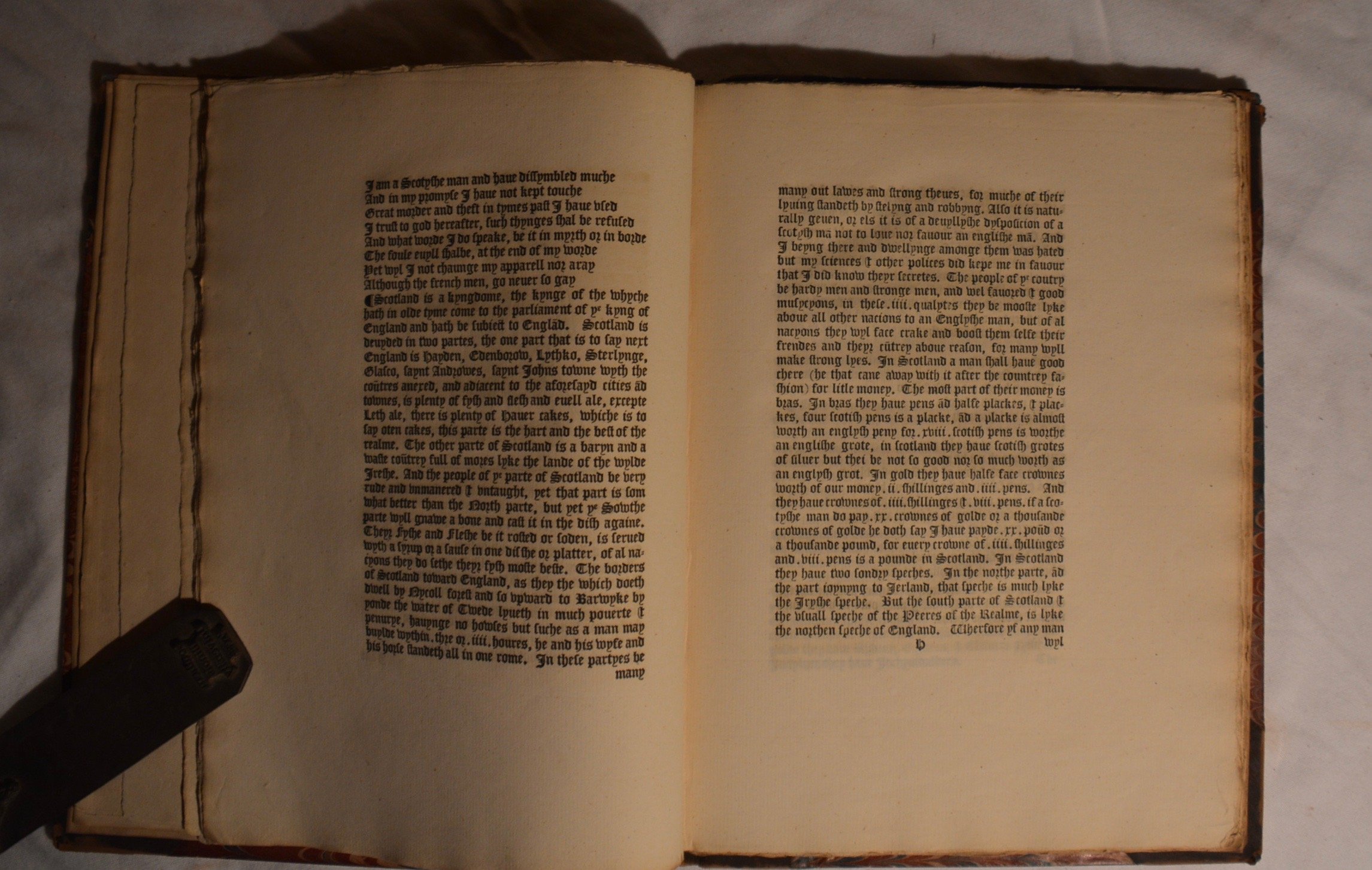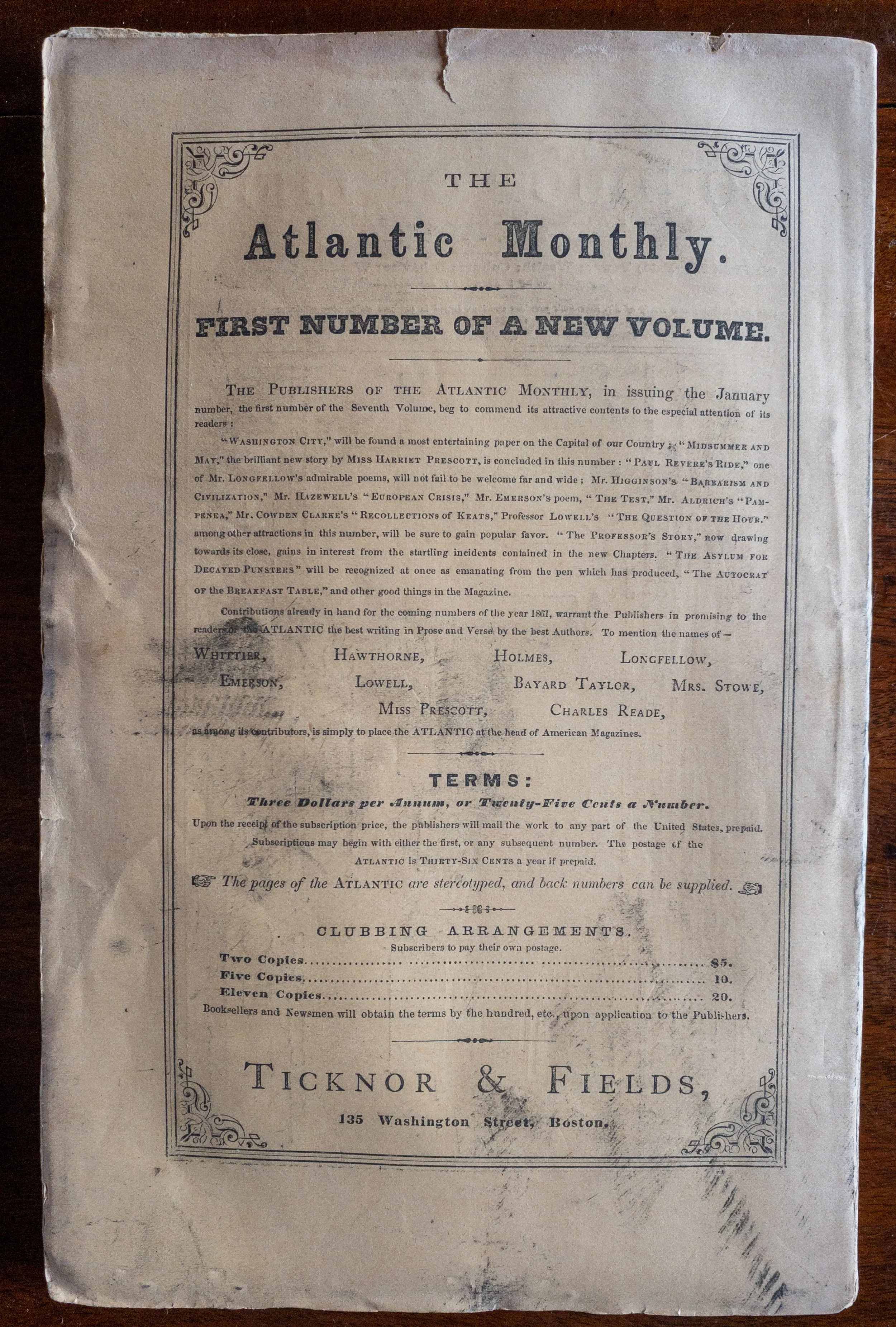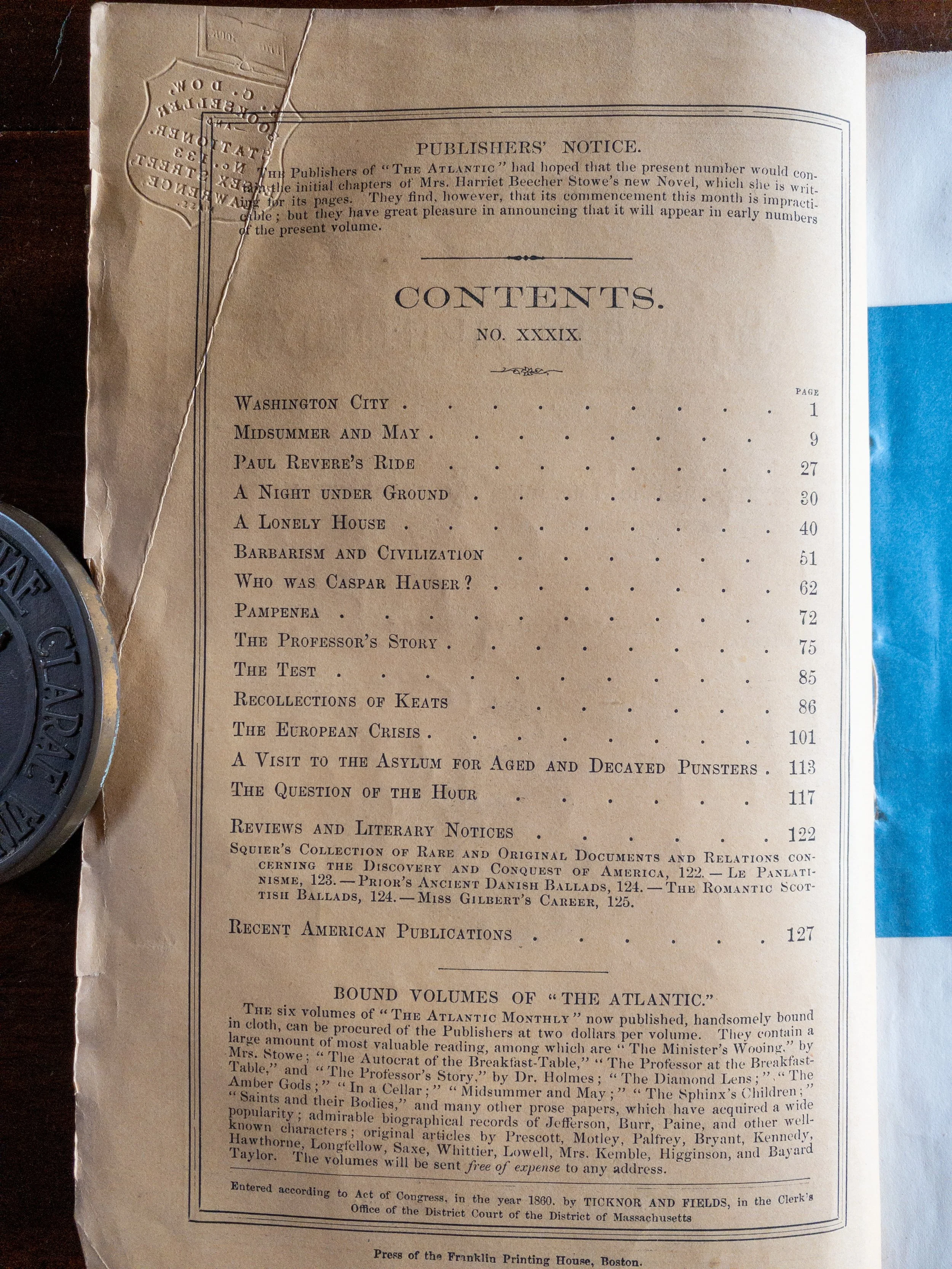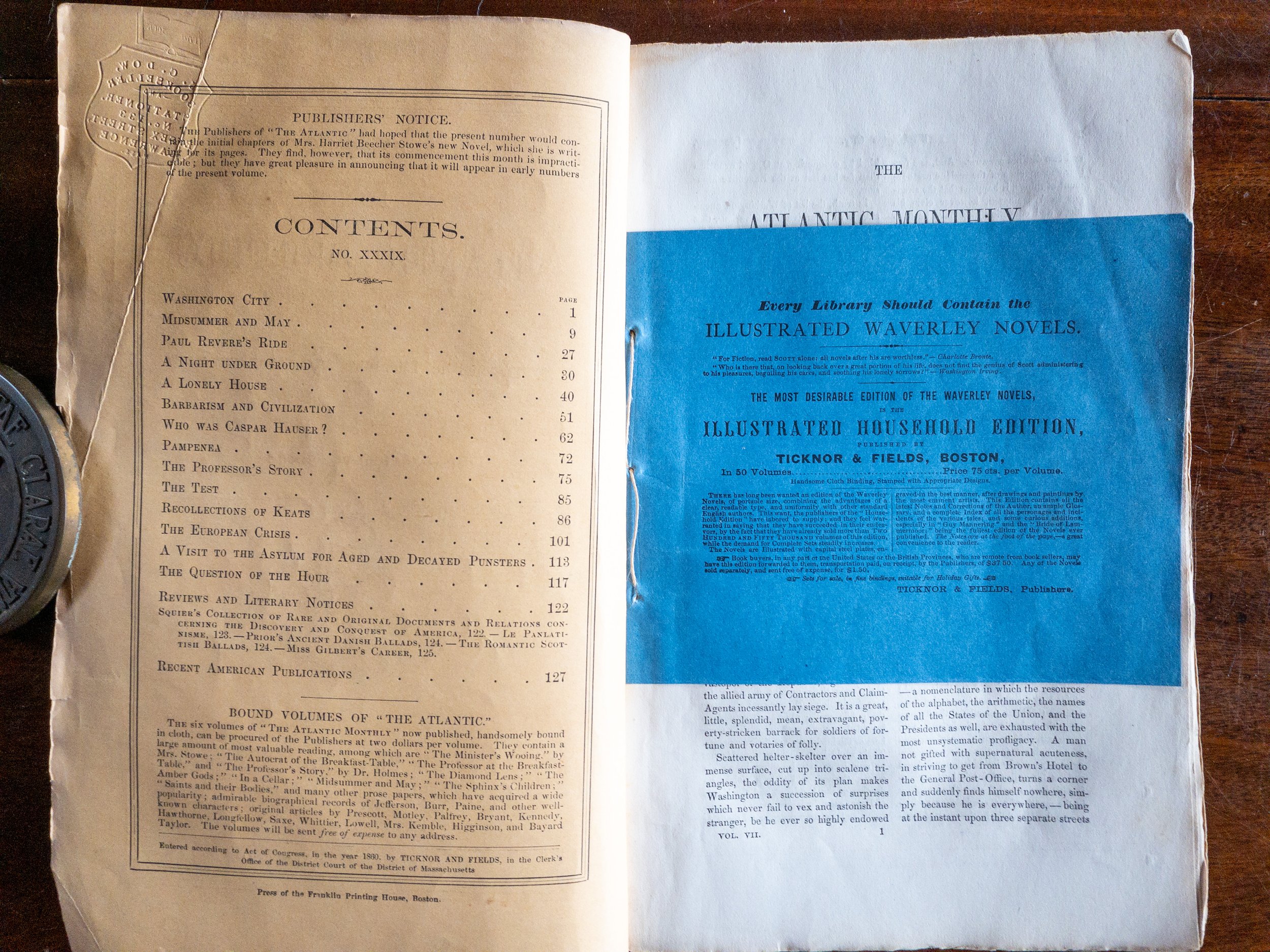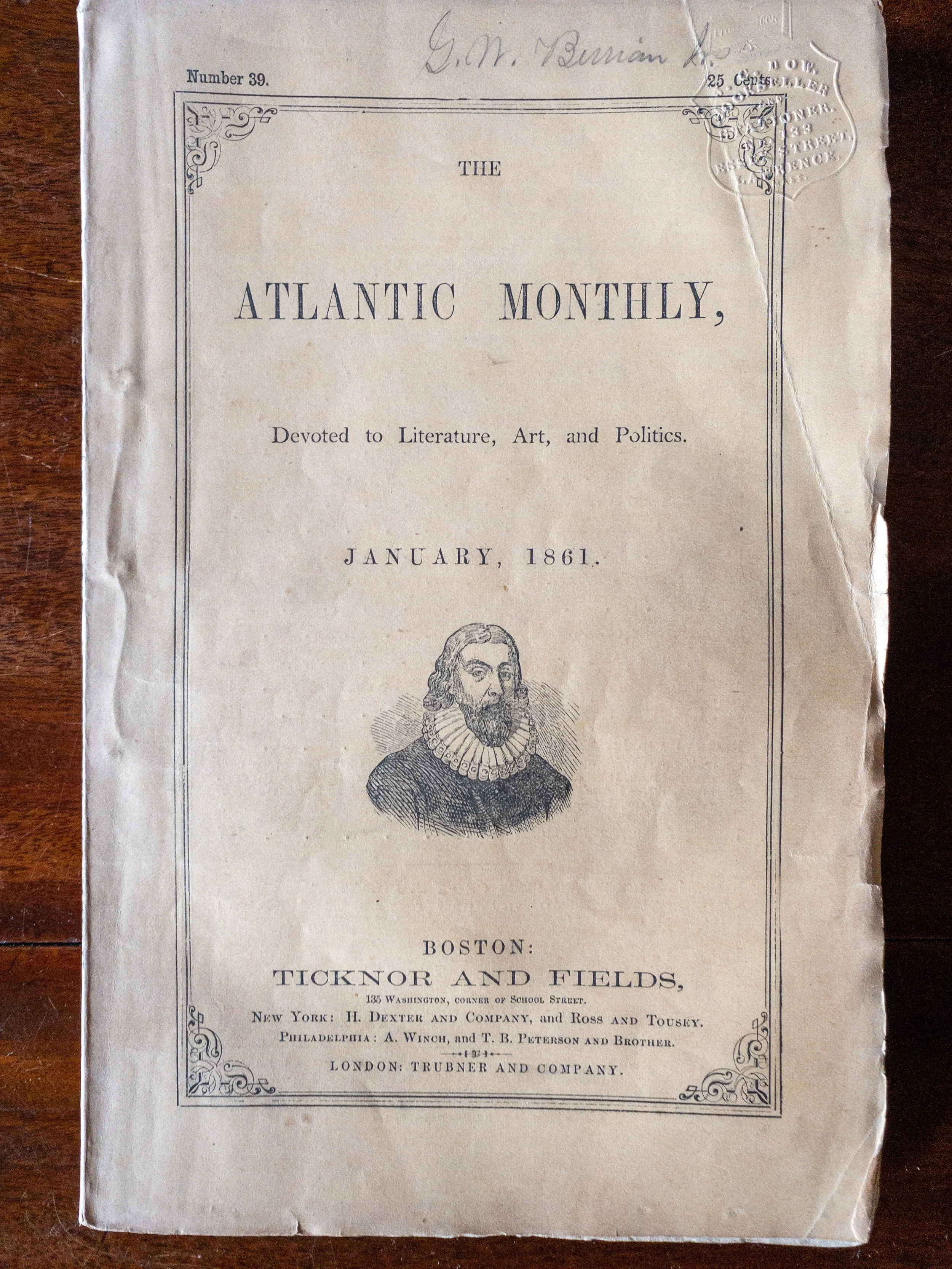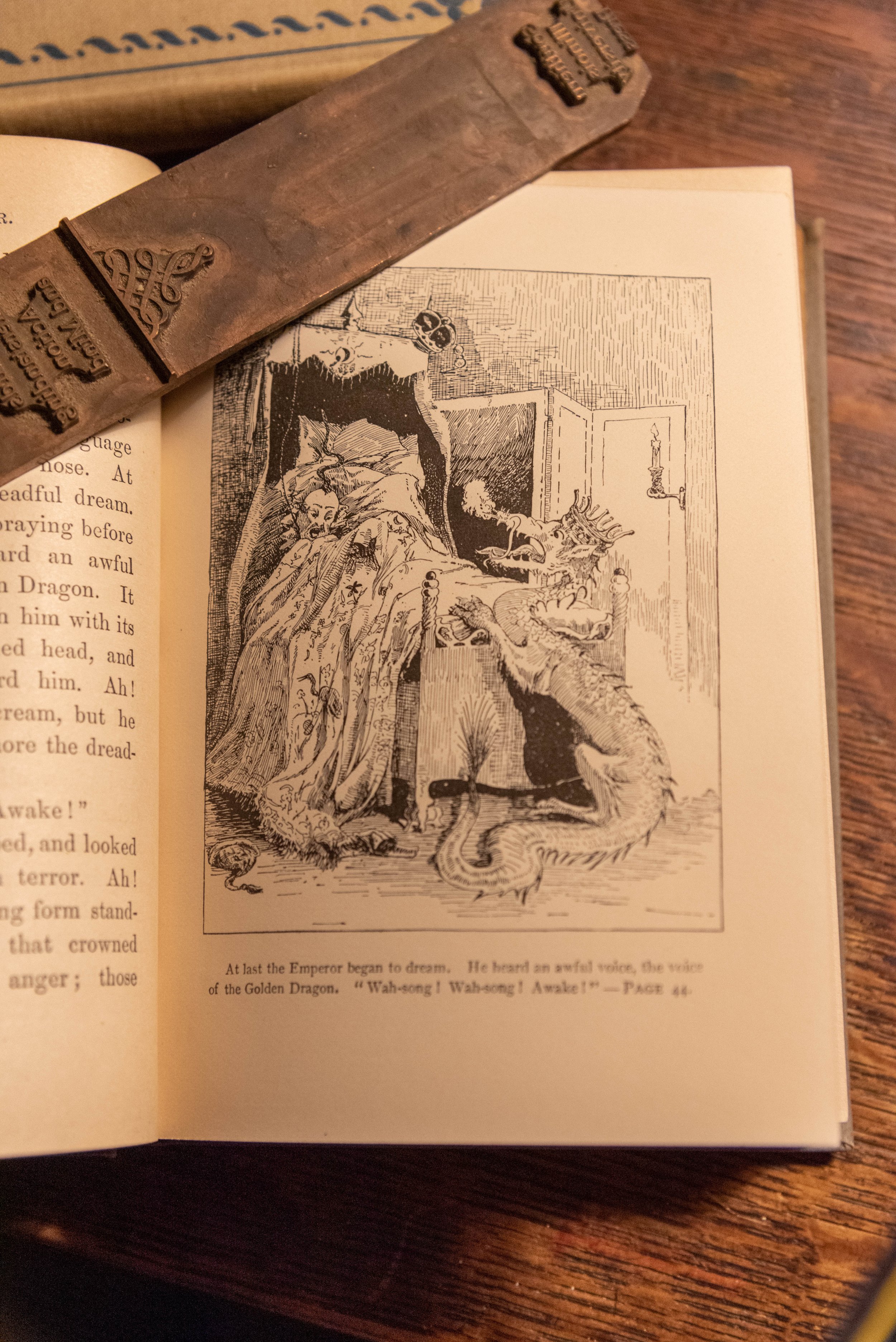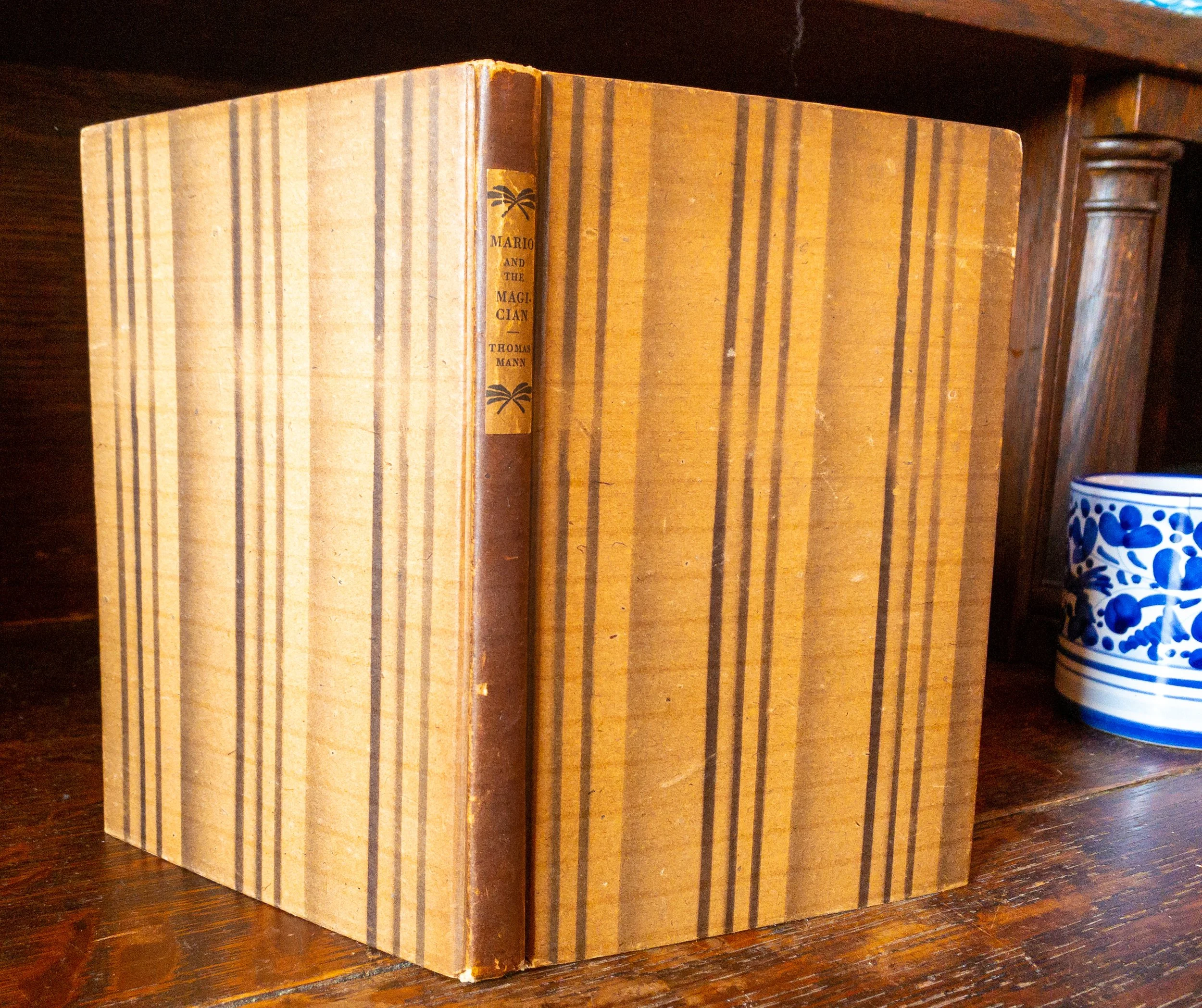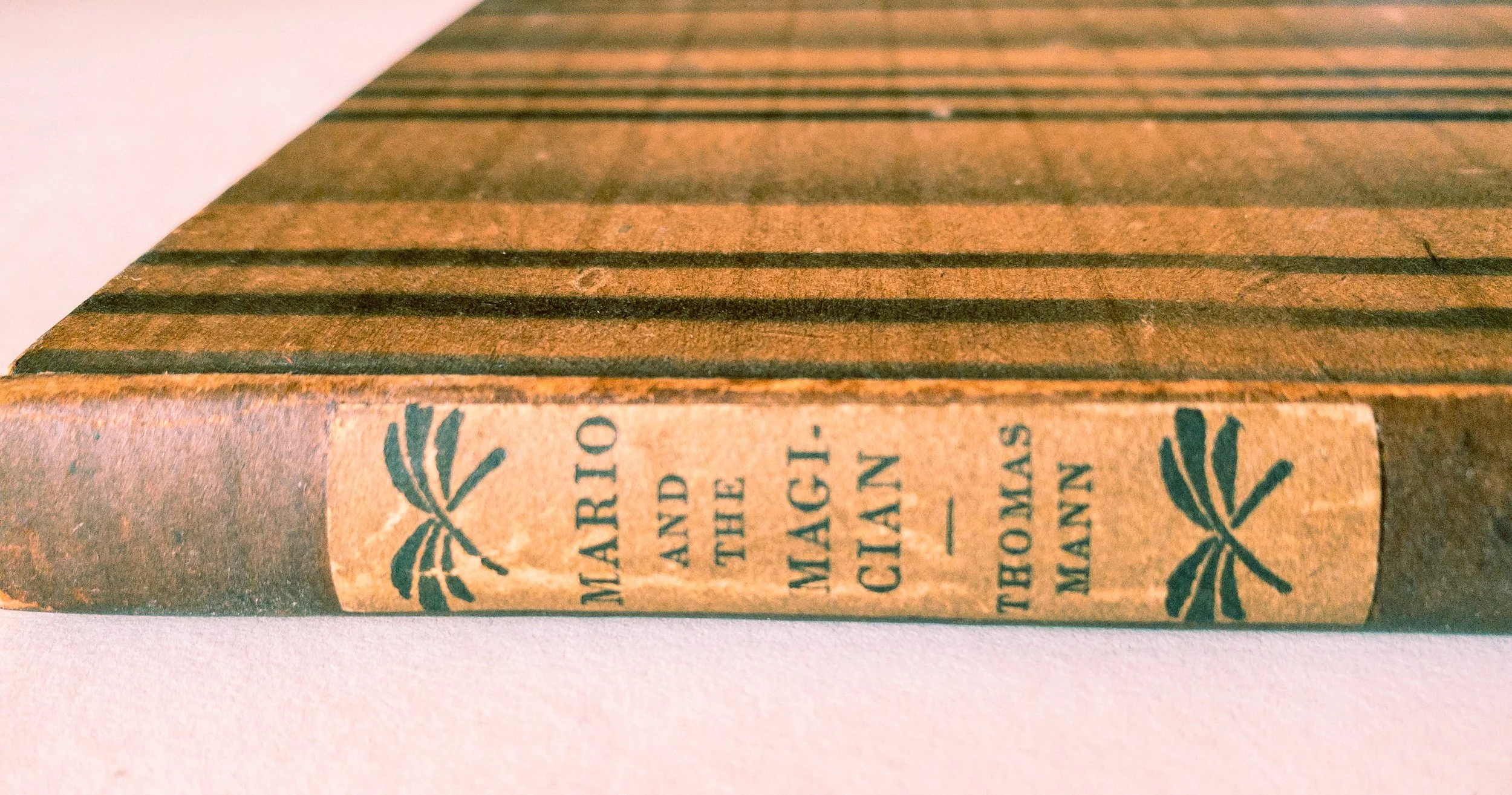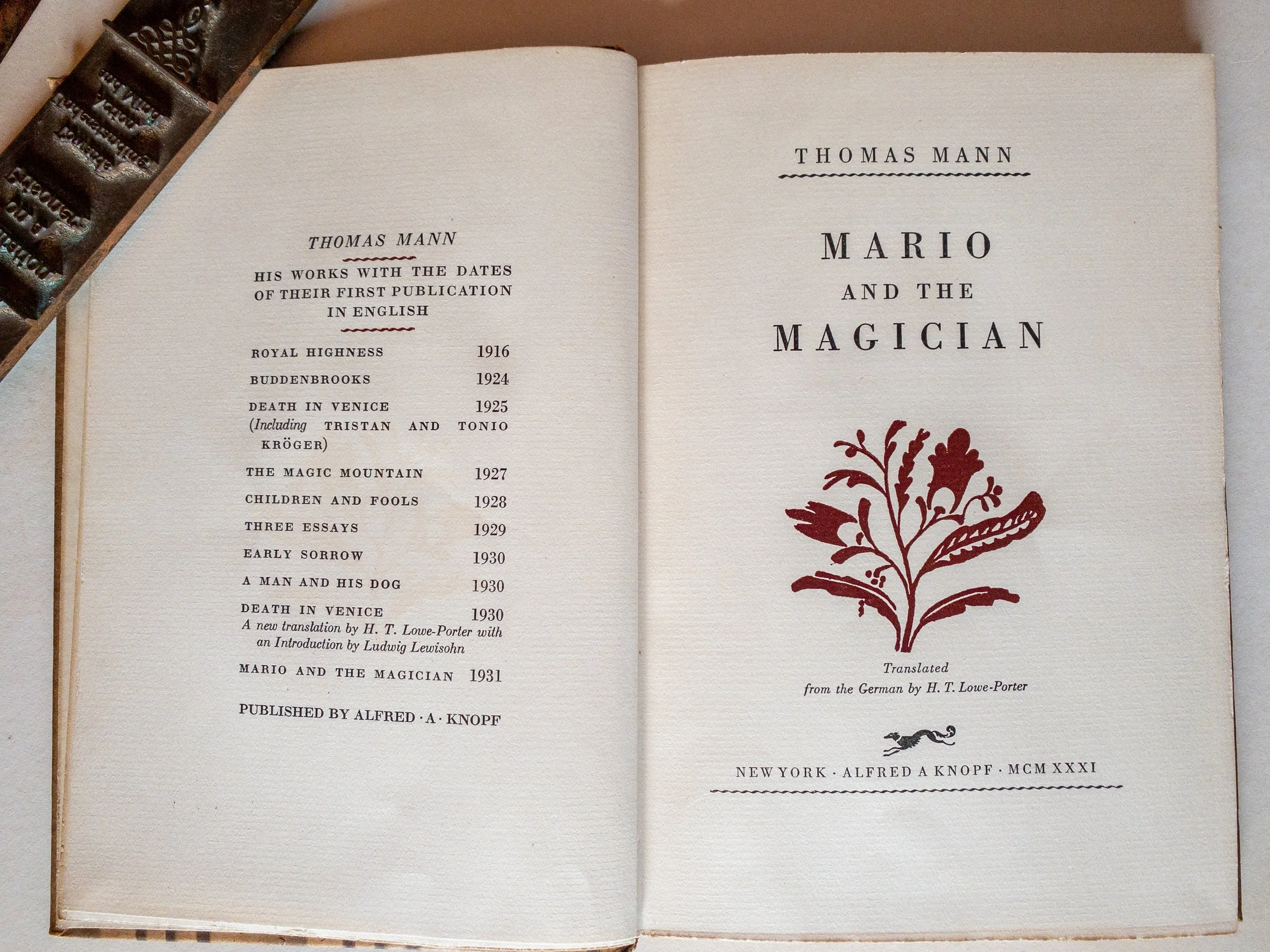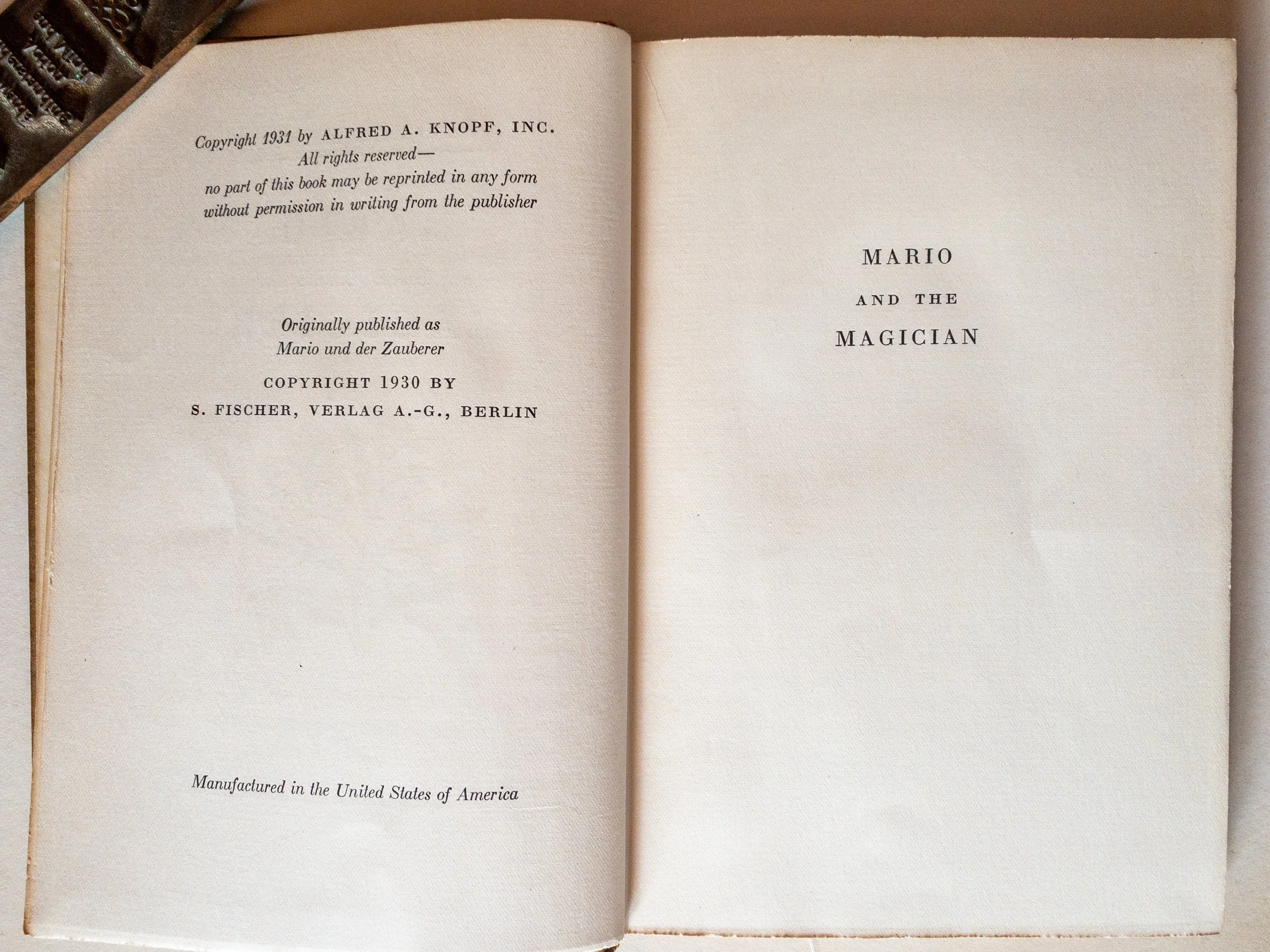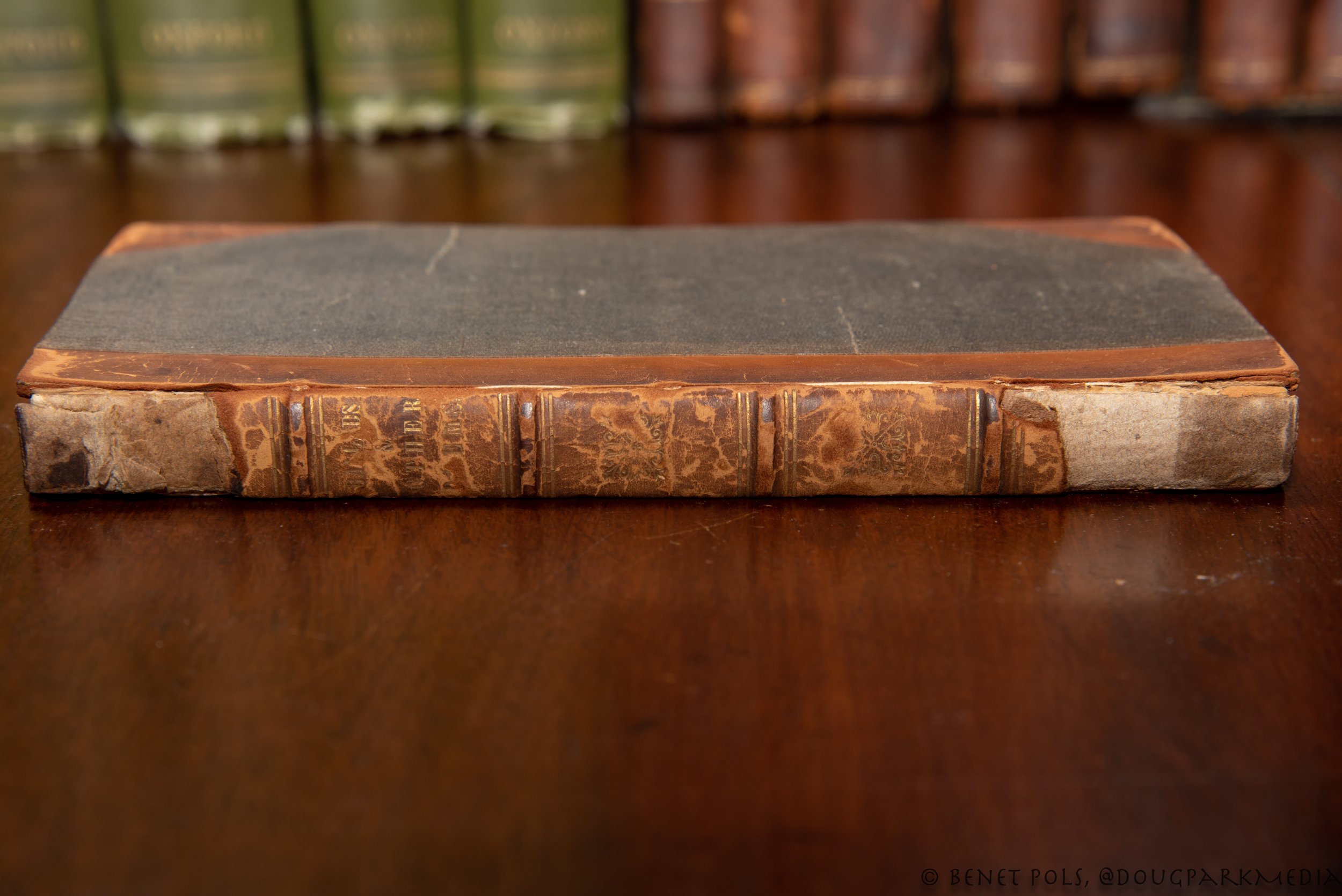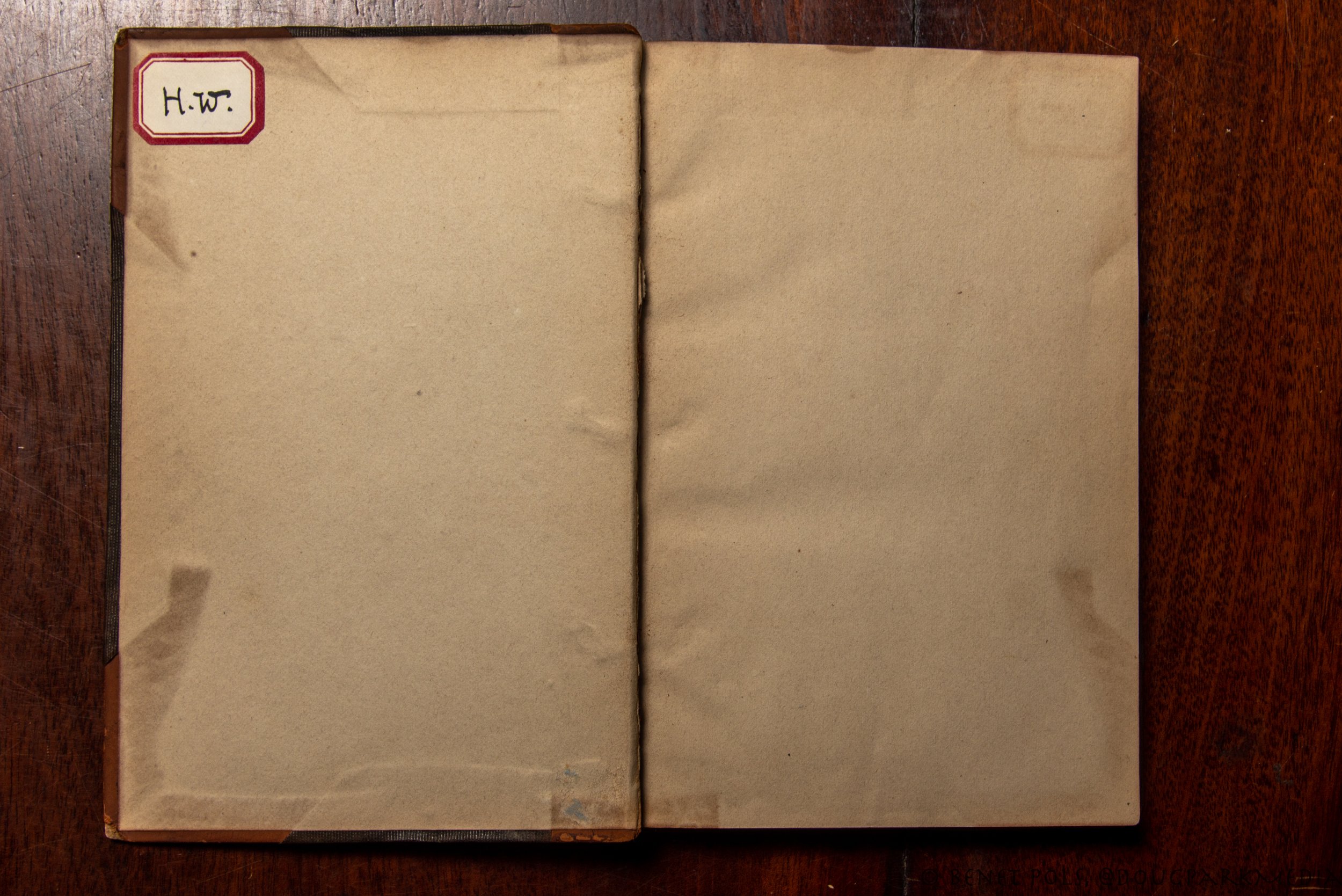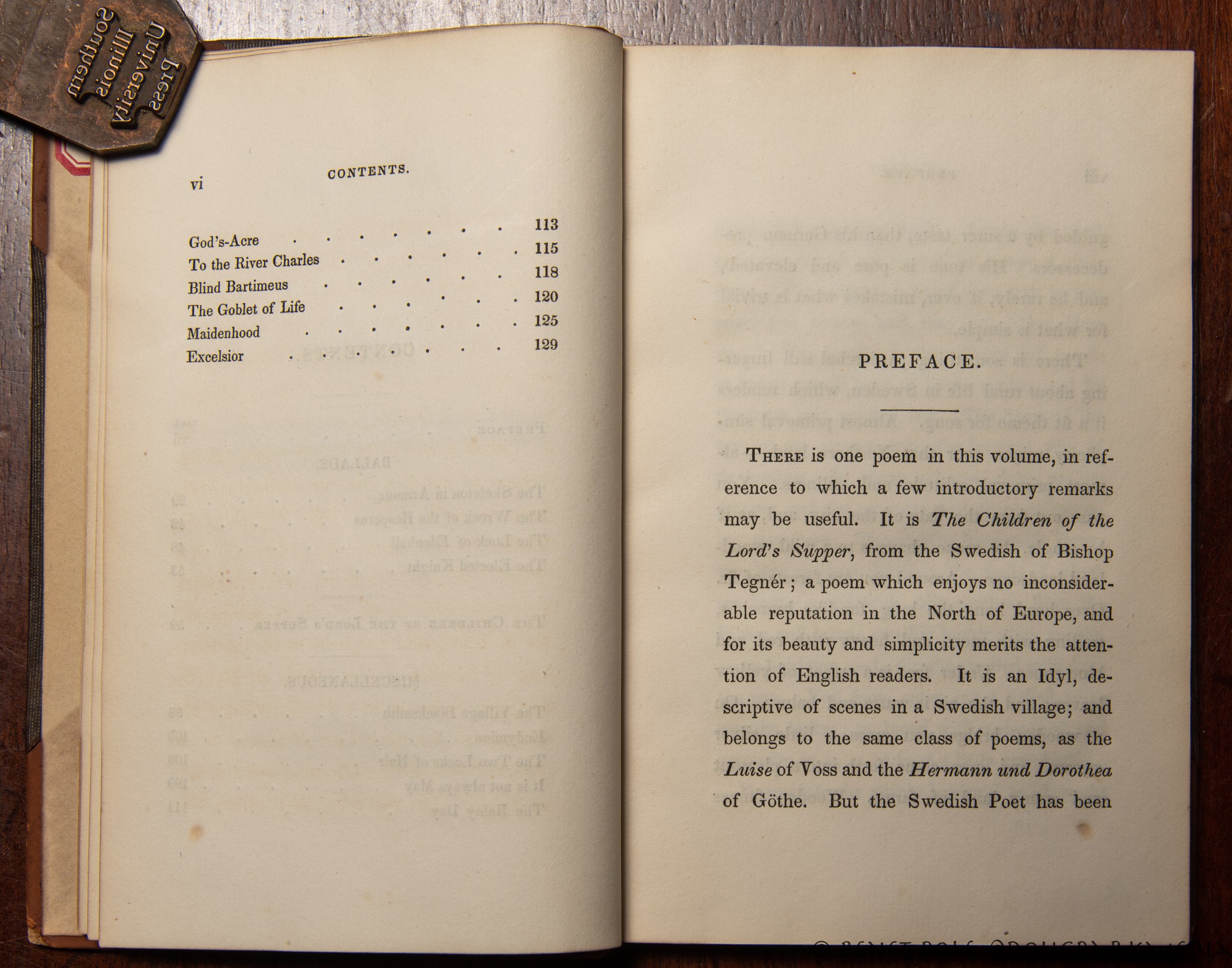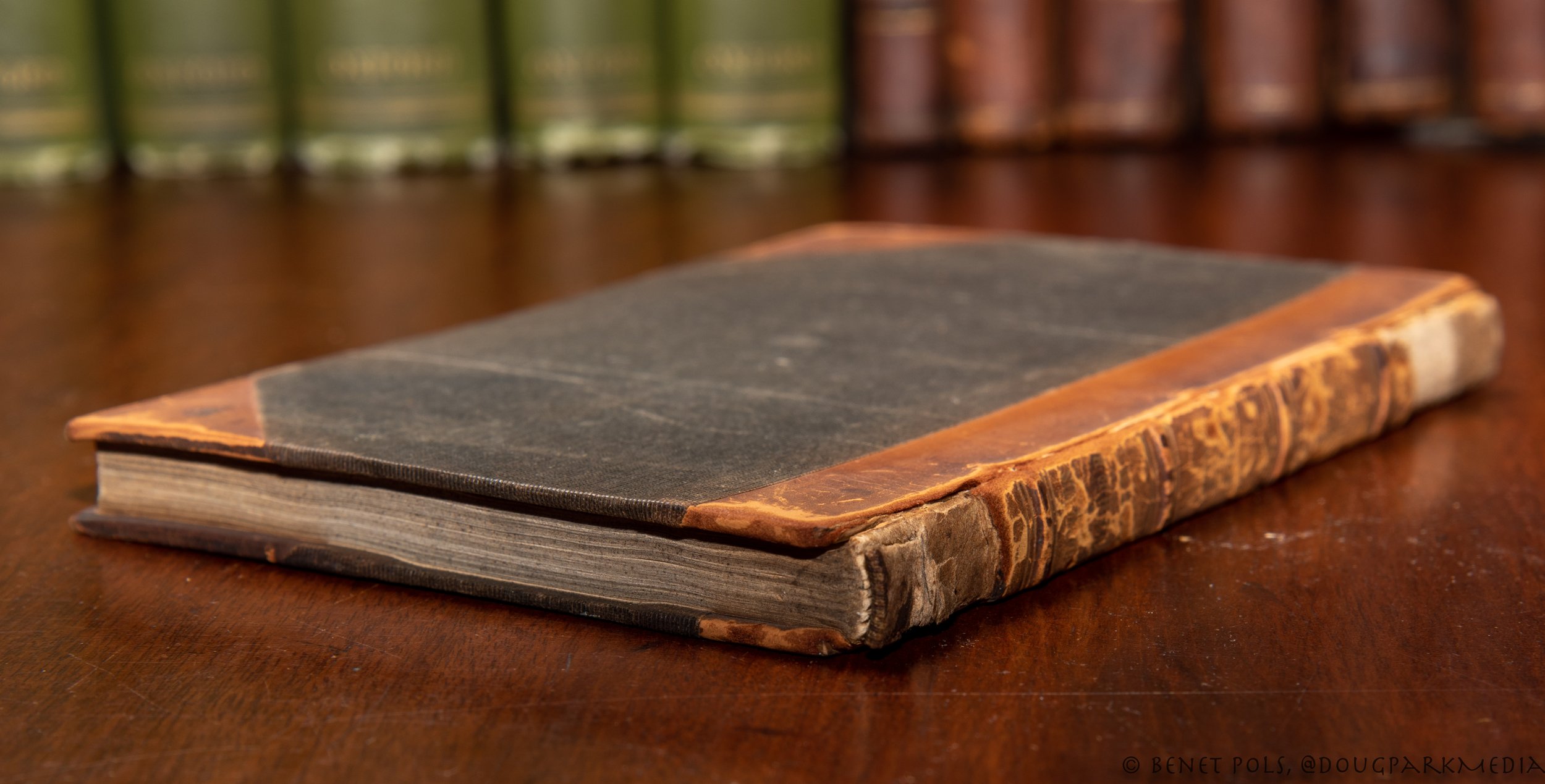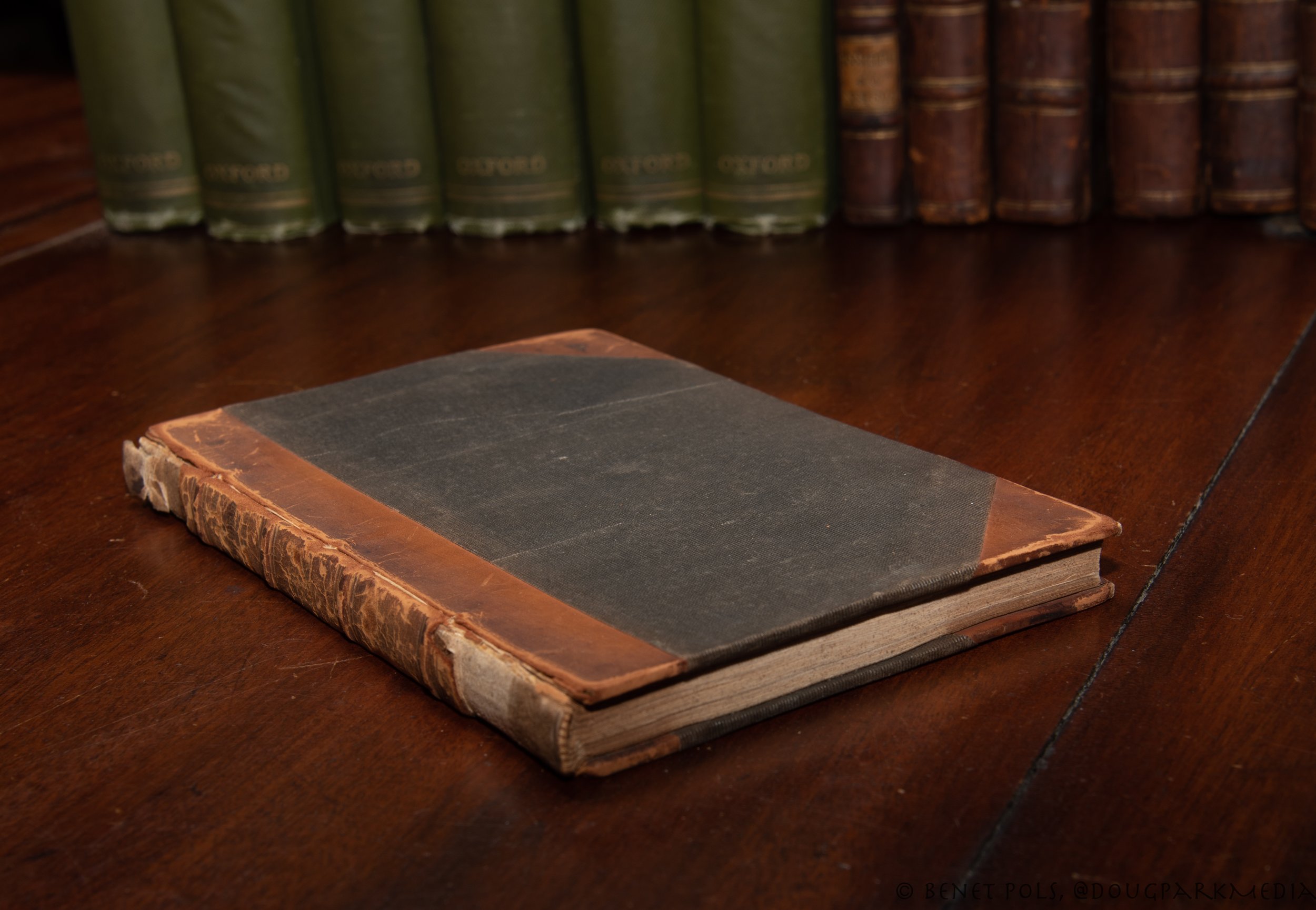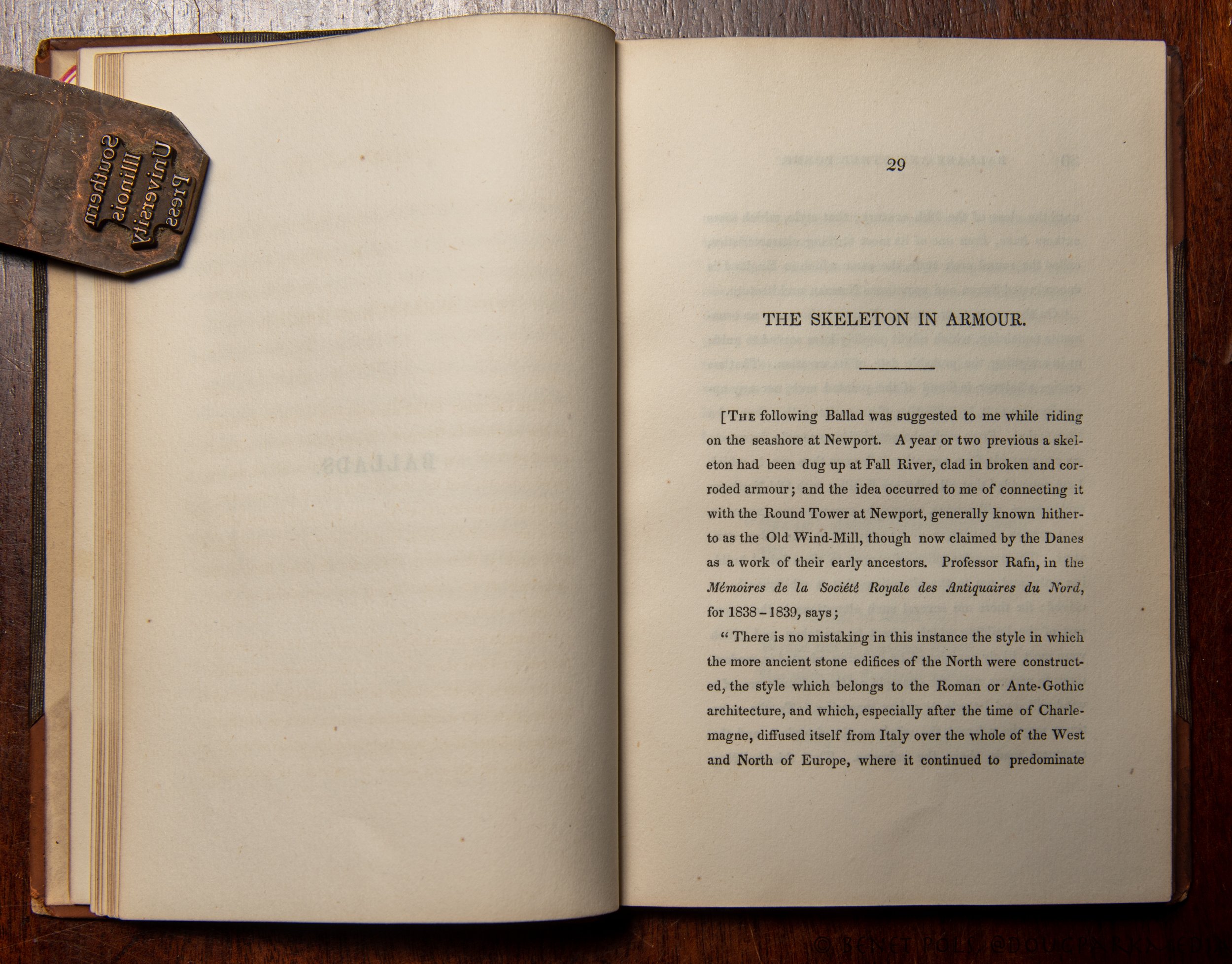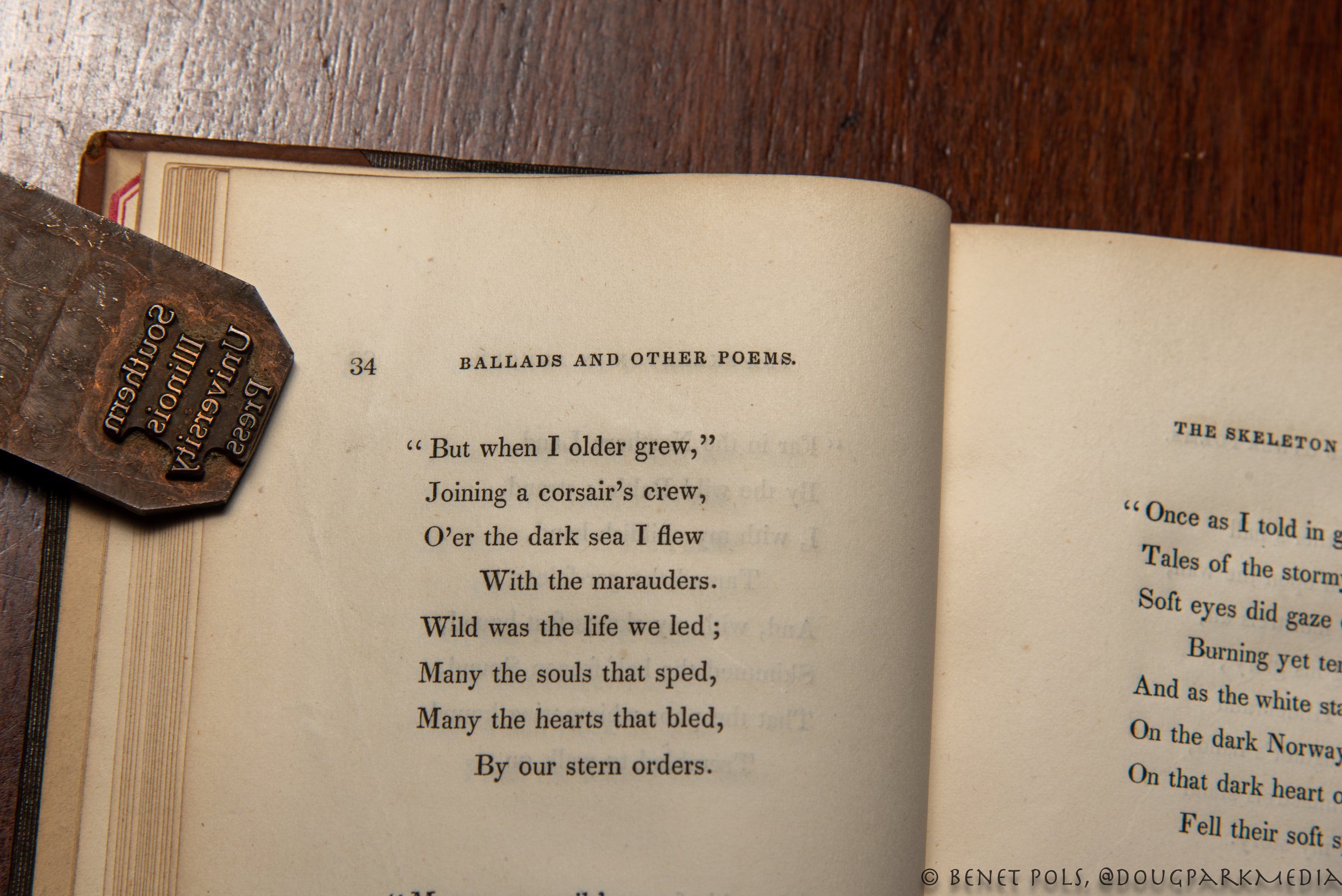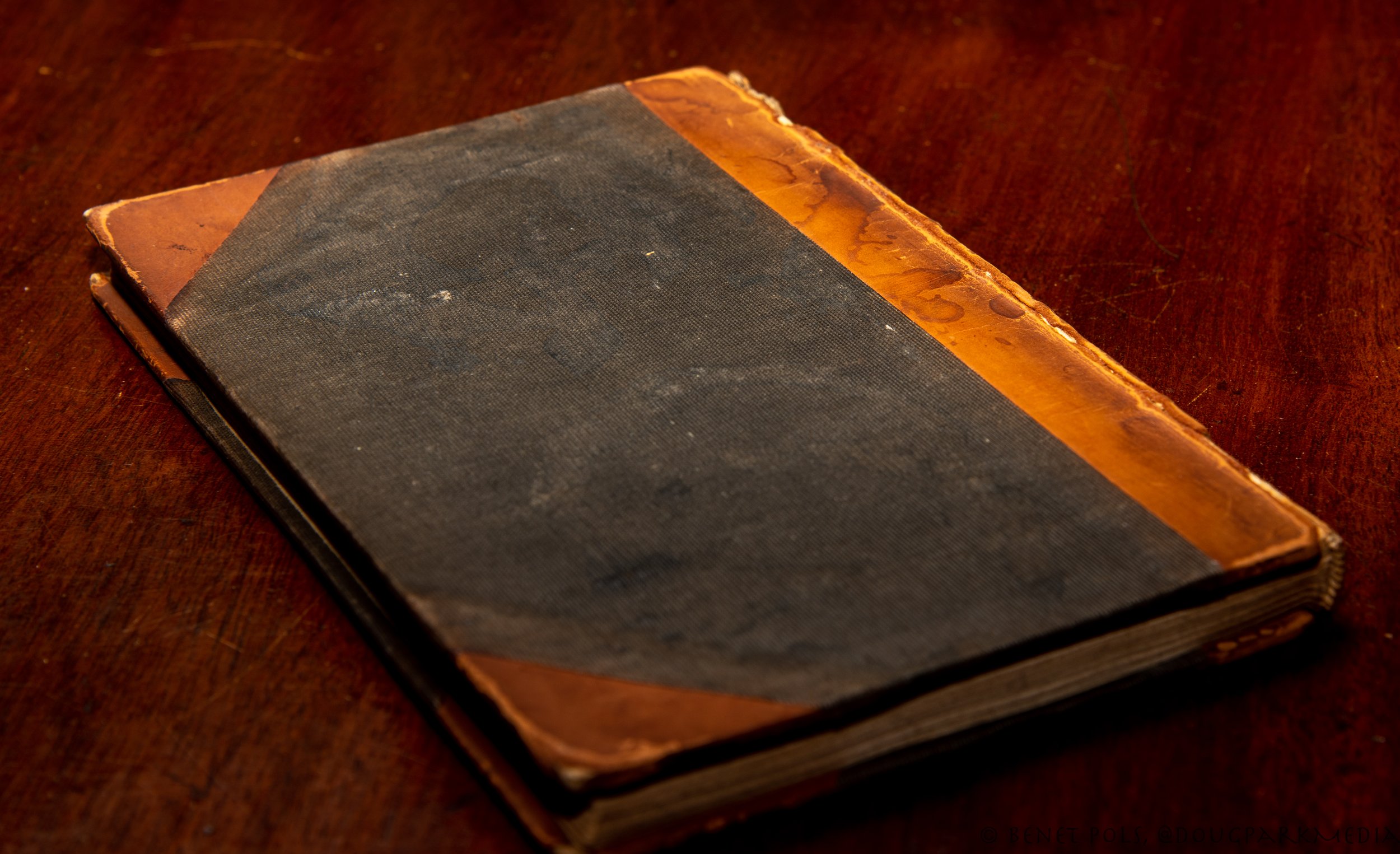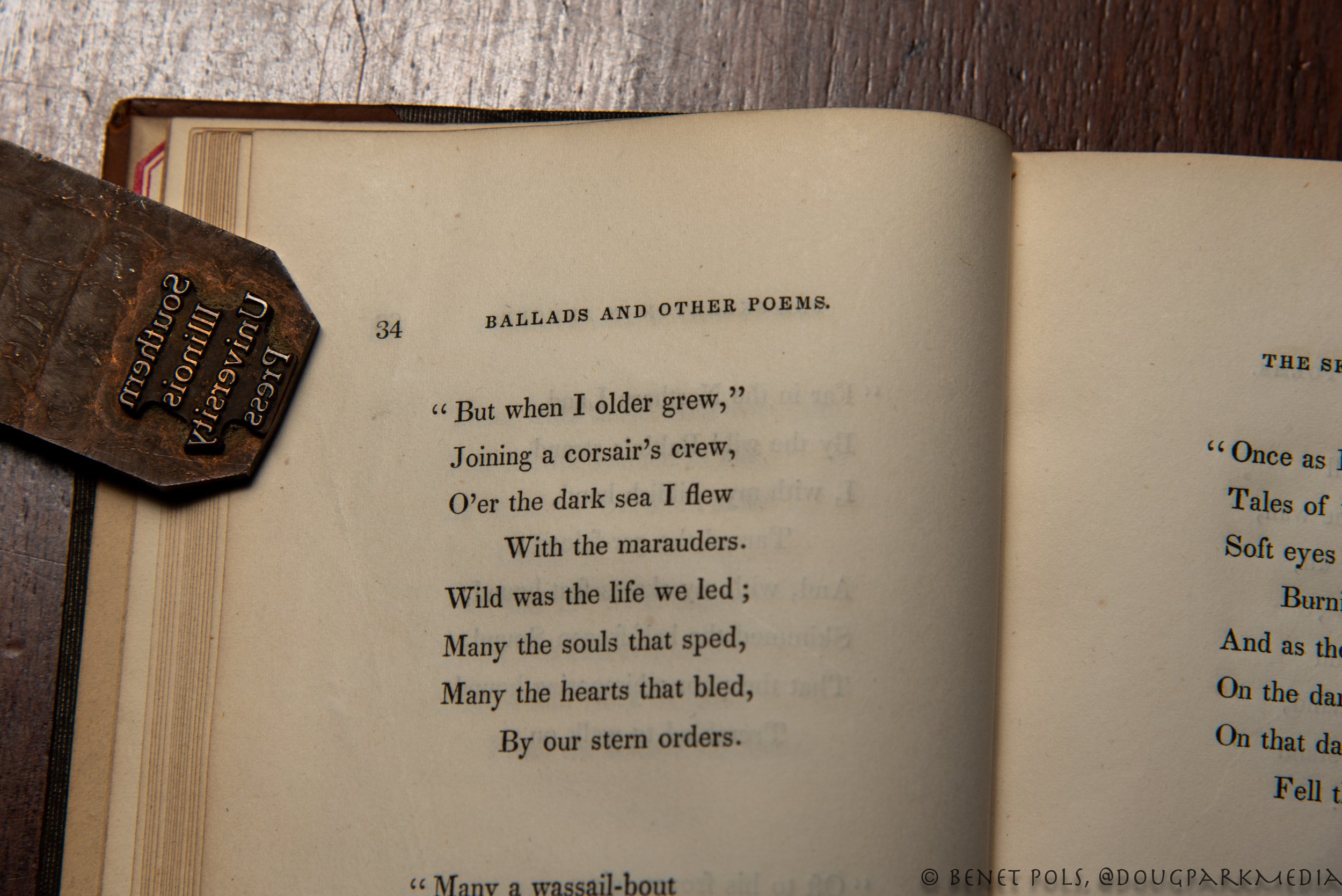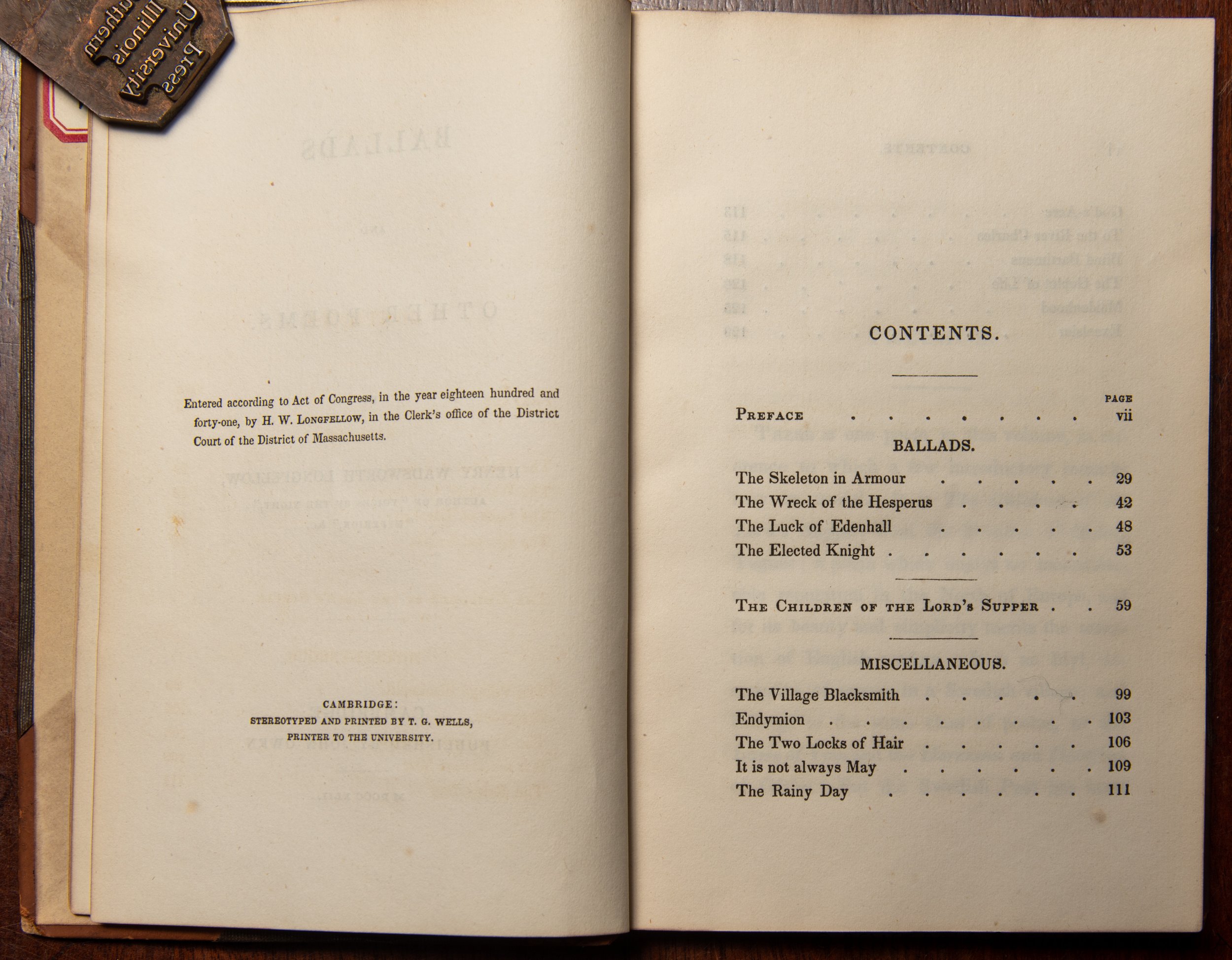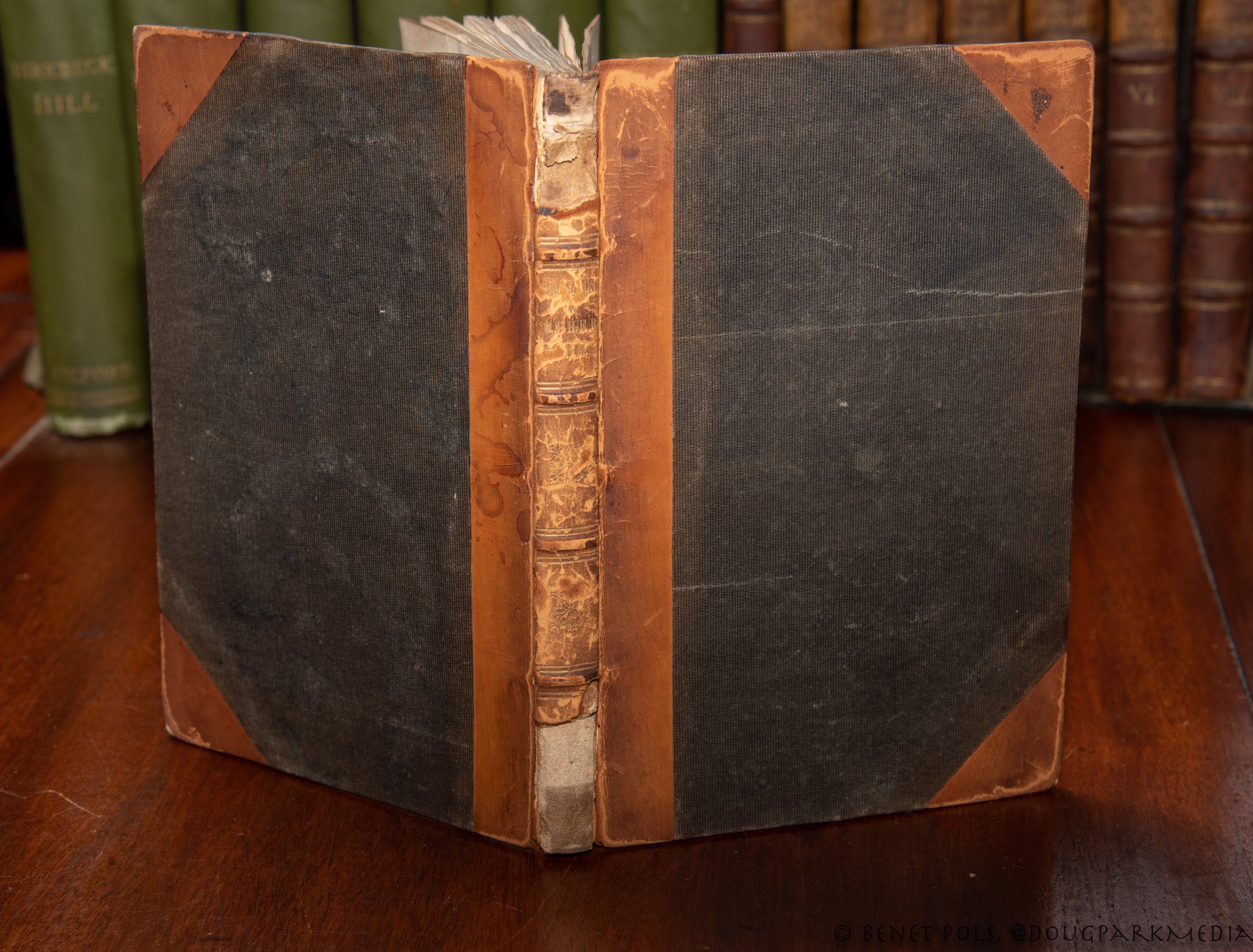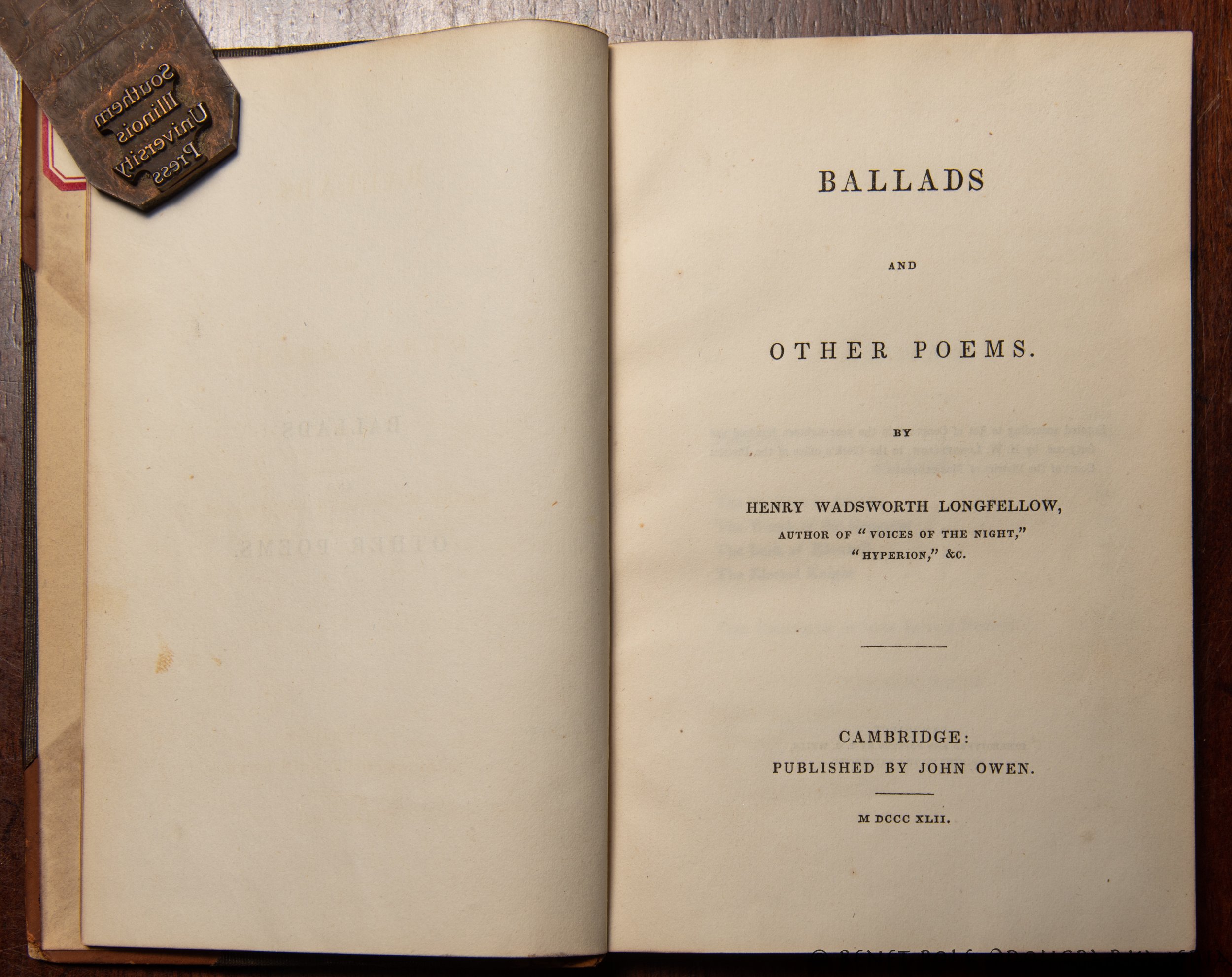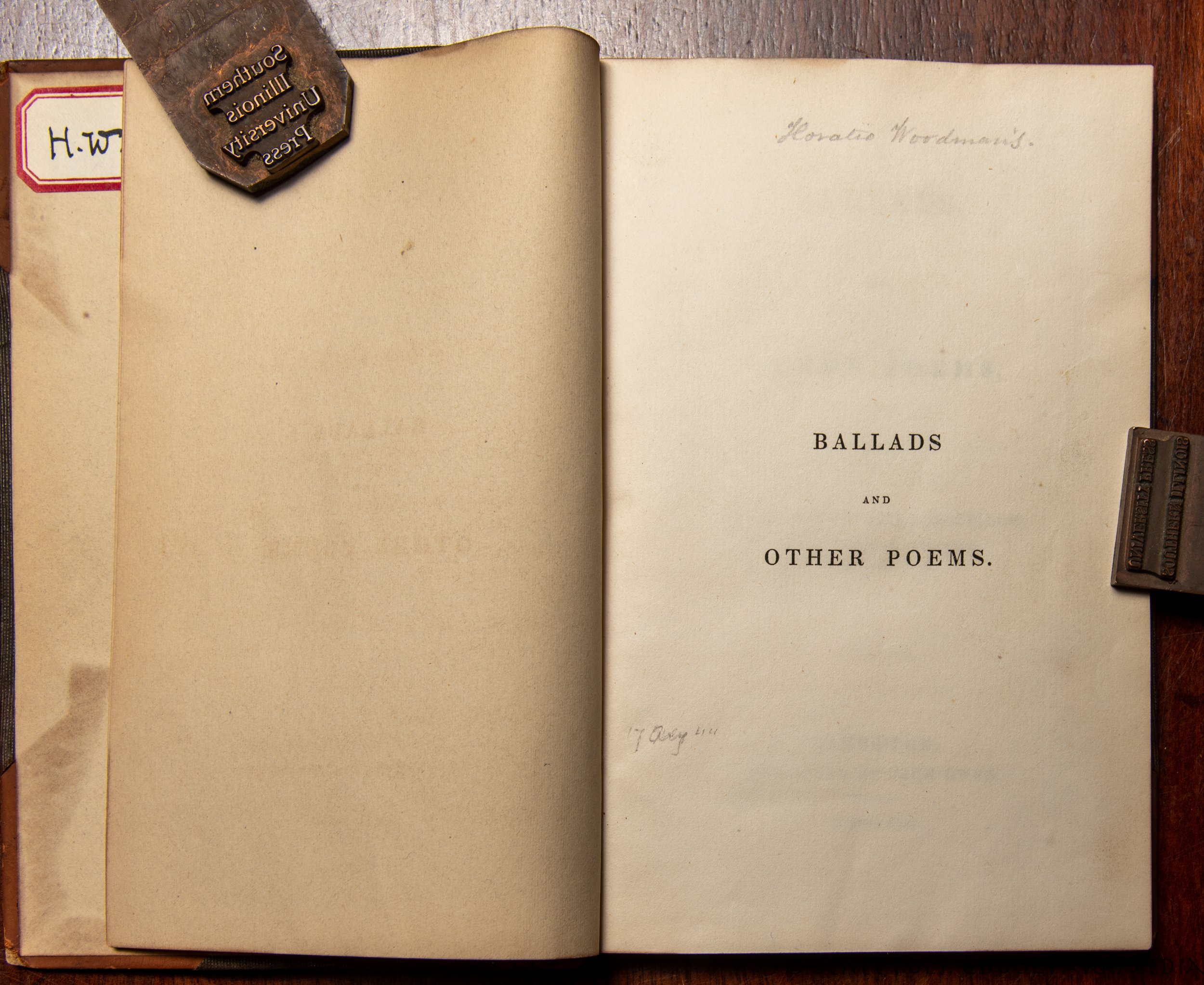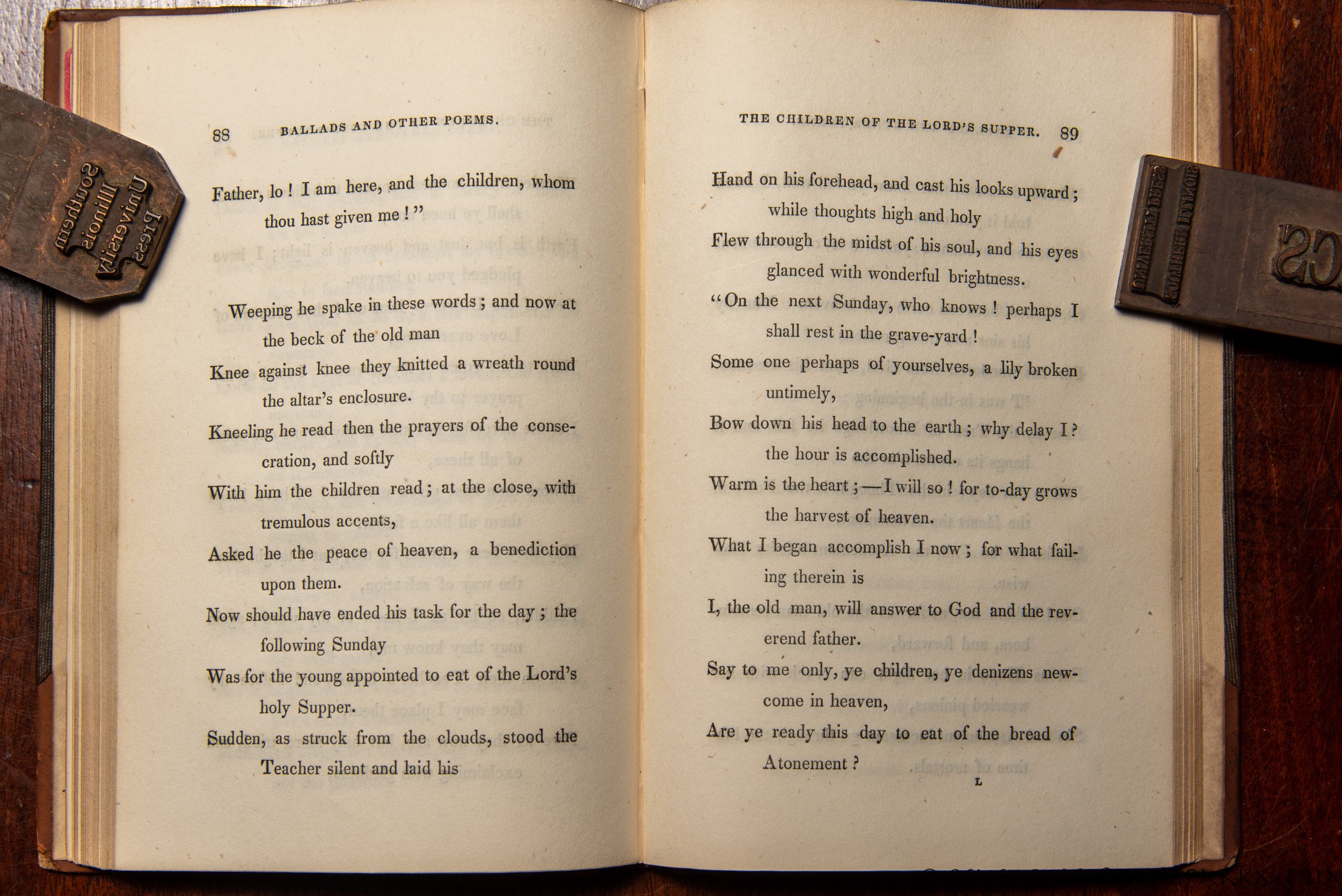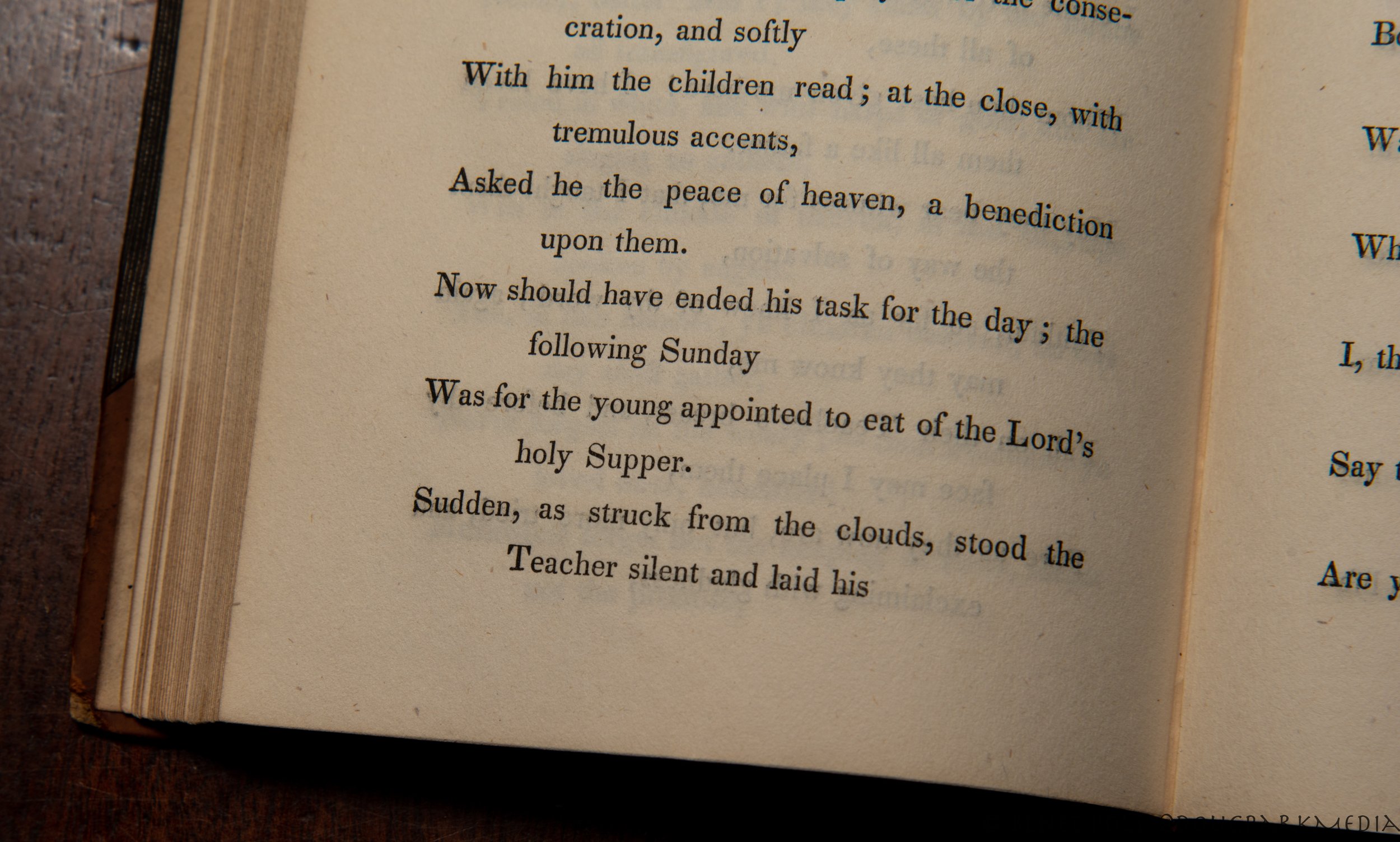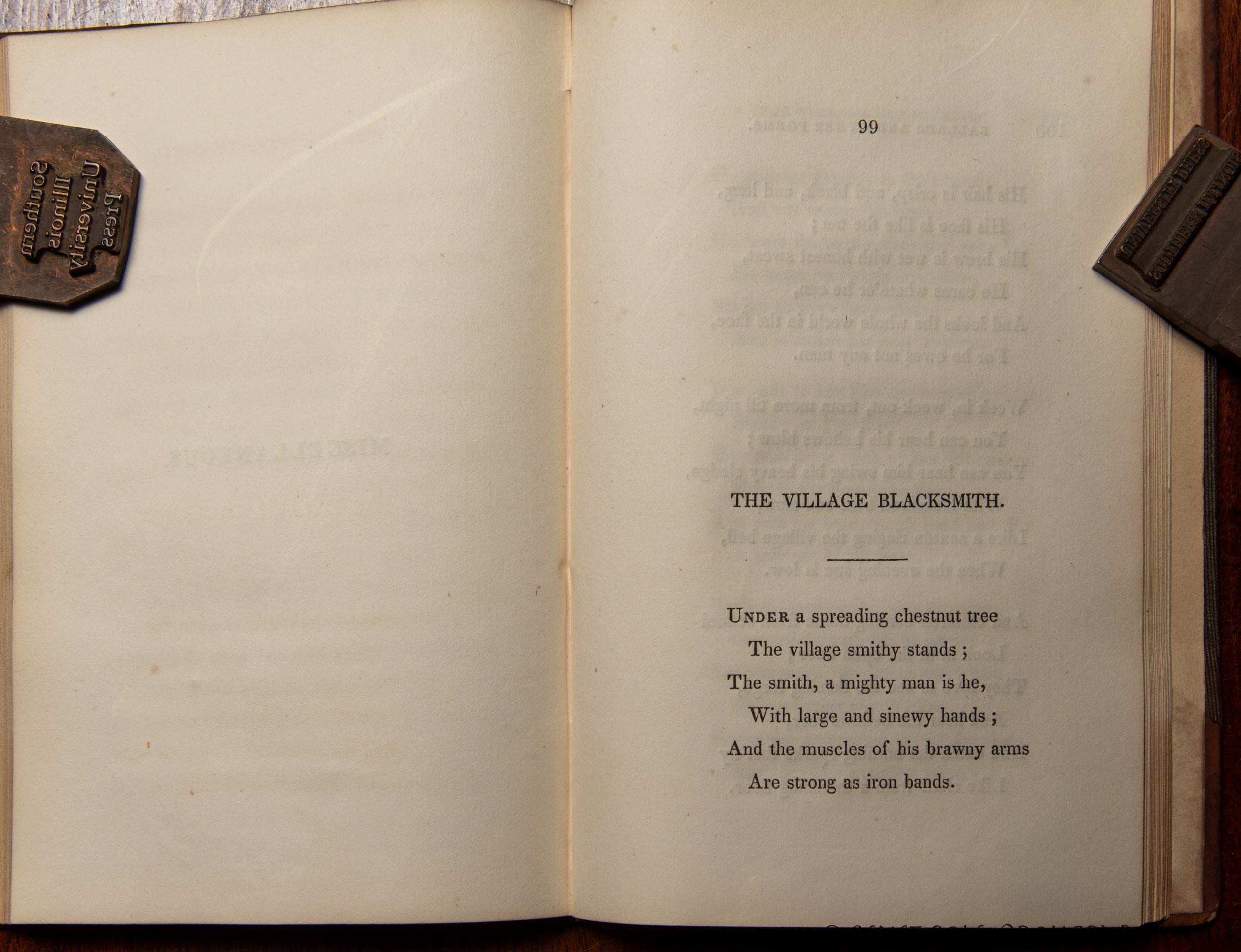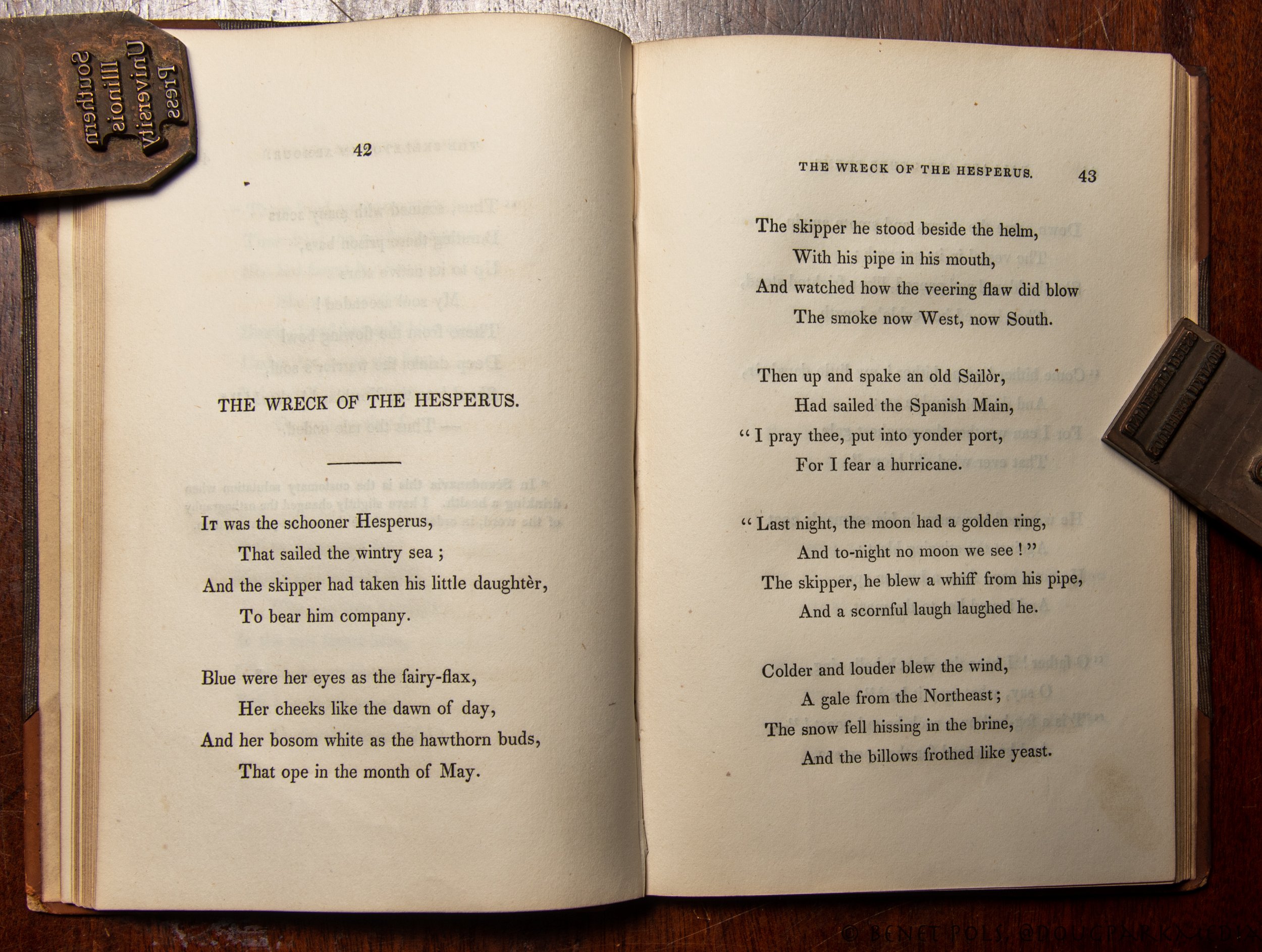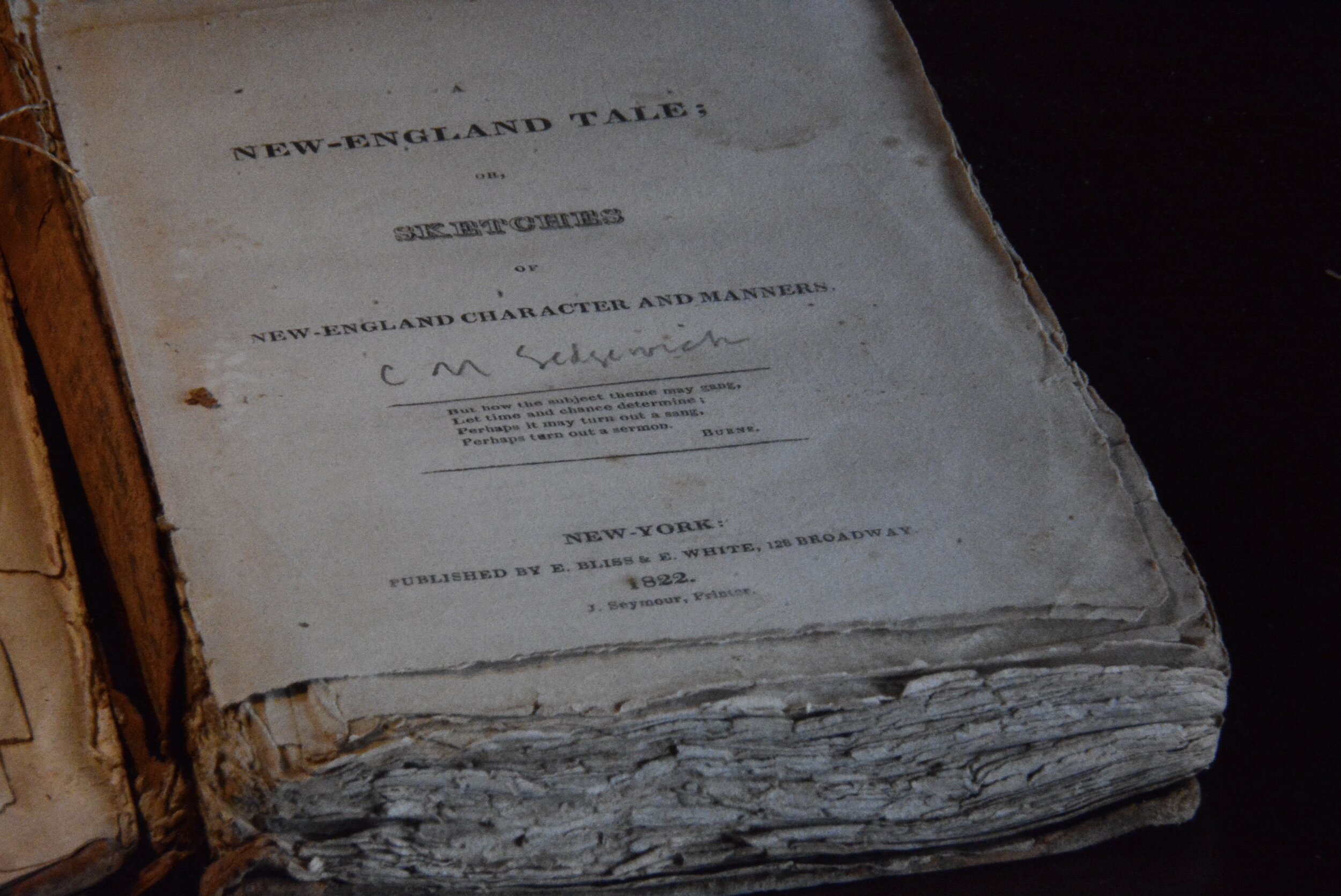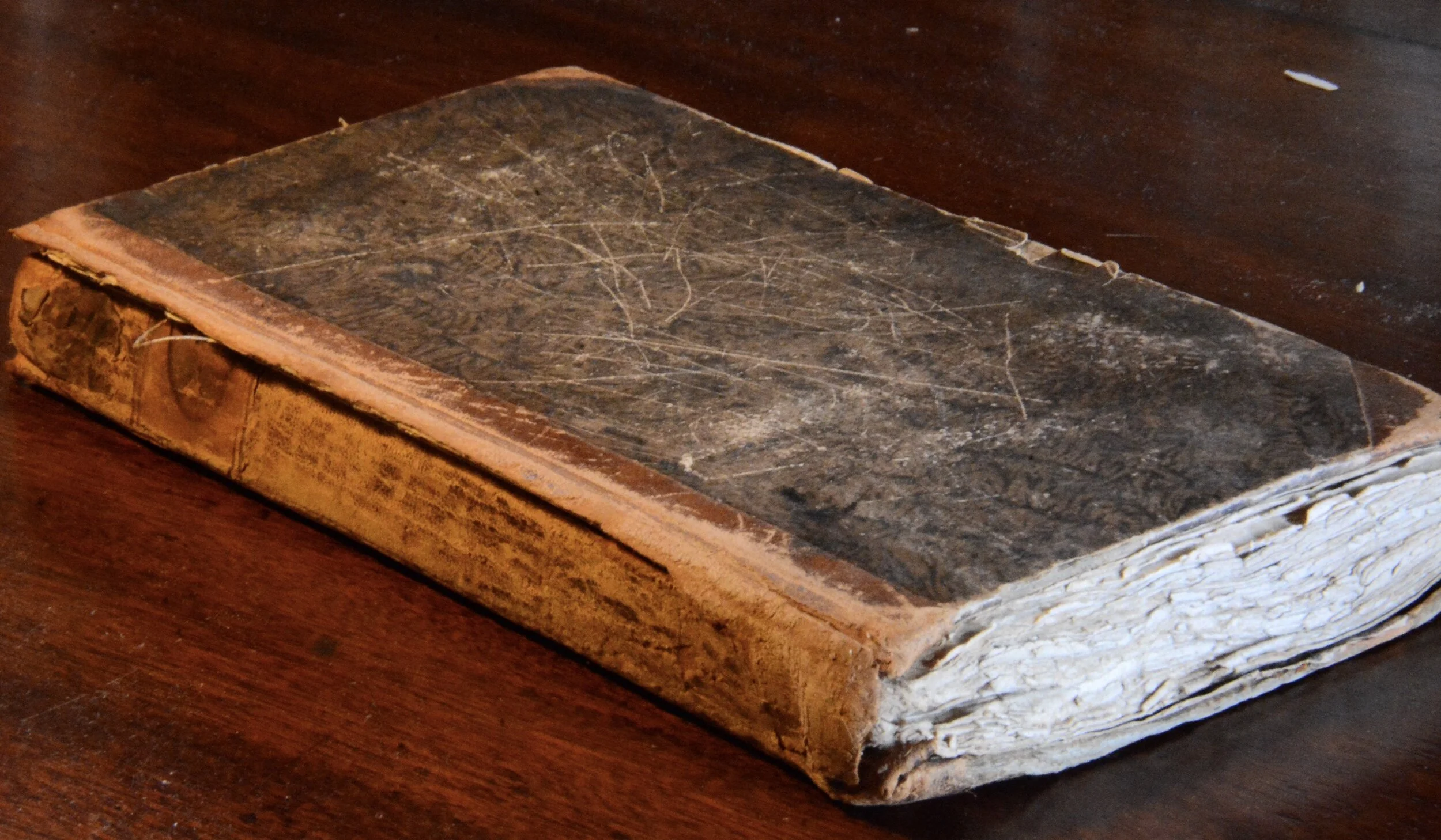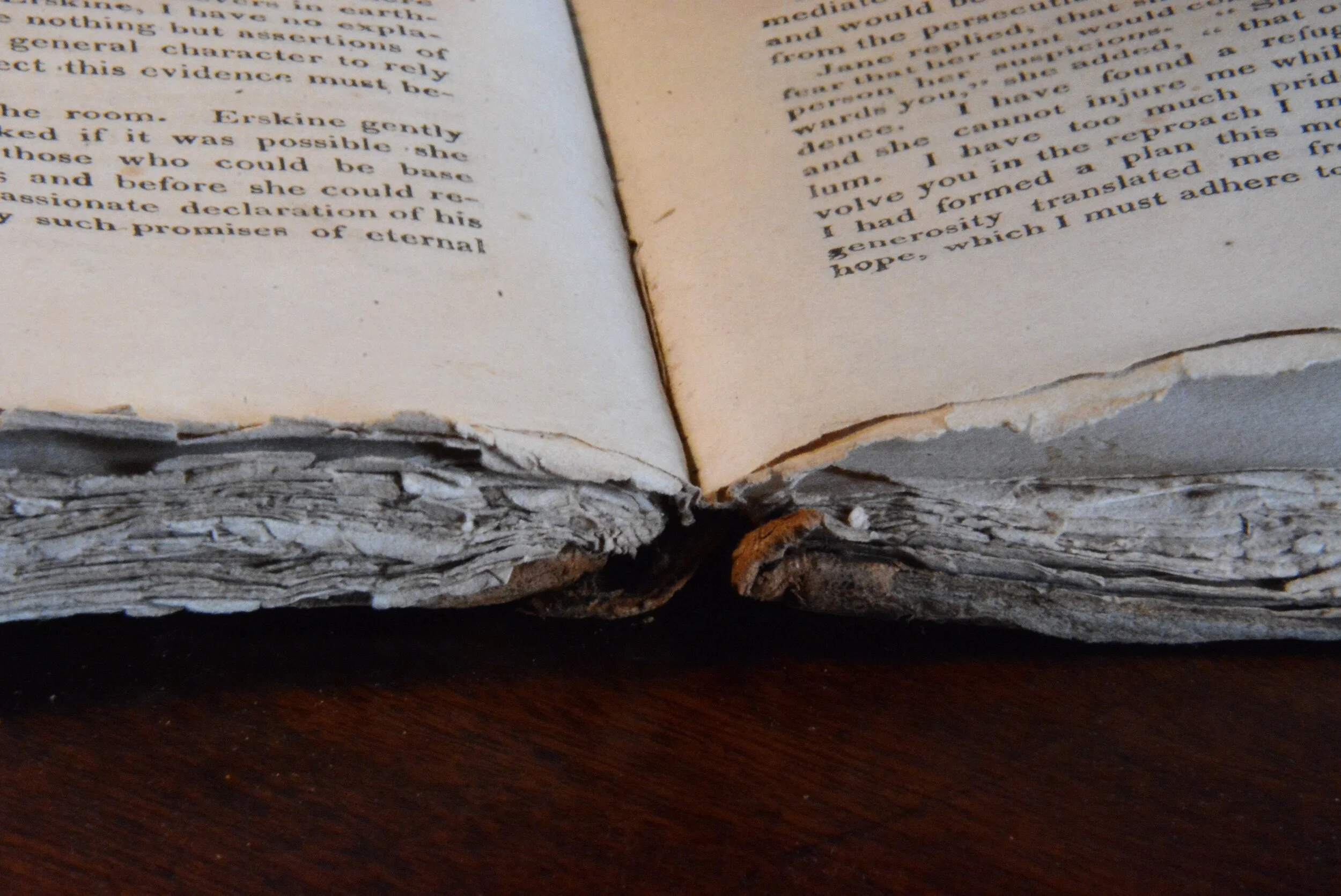Stephen Spender.
I had never heard of him. He was, I learned, a poet. English. Very active from the 1920s through the 1950s and somewhat active beyond that. Knew Auden, Hemingway, T.S.Eliot and all sorts of others.
Among my four thousand or so recently acquired new old books are a lot of poetry books. This is regrettable in many ways, not the least of which is, for the most part, they are not worth much.
There are a few things that dictate an old book’s value: one of them is its condition. This Stephen Spender book was “near fine,” in spite of its sixty-nine years on shelves. Not so old to be “rare,” or antiquarian, but “vintage” is fair. Because it is in great shape, I wanted it to be uncommon, if it could not be rare.
Nope. Half a dozen or so listed in single digits on AbeBooks, my primary selling platform.
In any event, I had never heard of the guy. Even so, I listed it at $10.
Two days later I read this:
”About twice a week I would venture to London, usually to the Churchill Club, where a very good dinner was furnished for half a crown. I mean a really good dinner, not a canteen or Red Cross Club dinner. It was at the Churchill Club that I encountered T.S.Eliot, heard Myra Hess, heard that fine Octet and other things—Peggy Ashcroft and Stephen Spender reading poetry, a talk by the recently retired Archbishop of Canterbury etc. etc.”
There he was. Stephen Spender, in the same paragraph with Peggy Ashcroft and T.S. Eliot, in a letter from my father to my mother written in 1944 or 1945 describing his wartime experiences in England (Not to worry, my father also described Buzz-bombs, V-2 rockets, and plenty of death and destruction).
Not coincidentally, I stumbled on Spender while reorganizing some papers to make a more efficient workspace for my four thousand new old books .Perhaps I should bump that price to $11.


